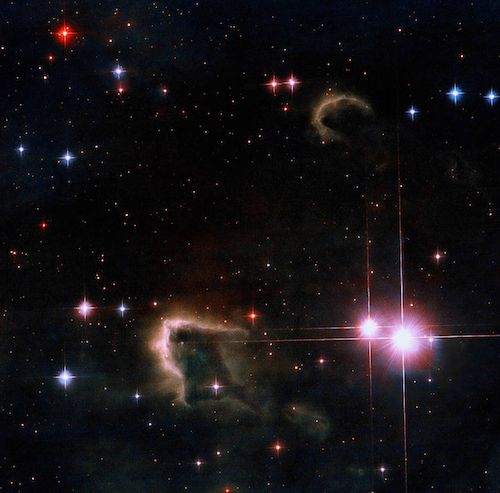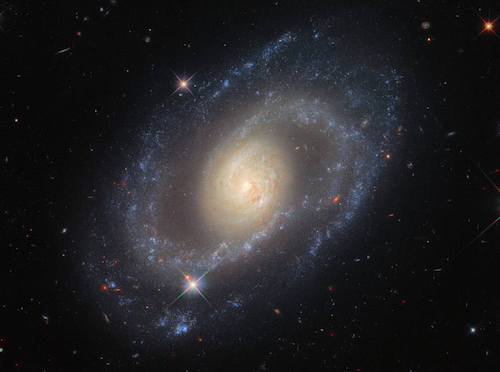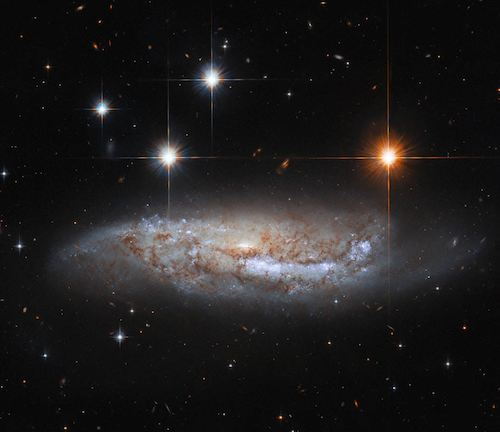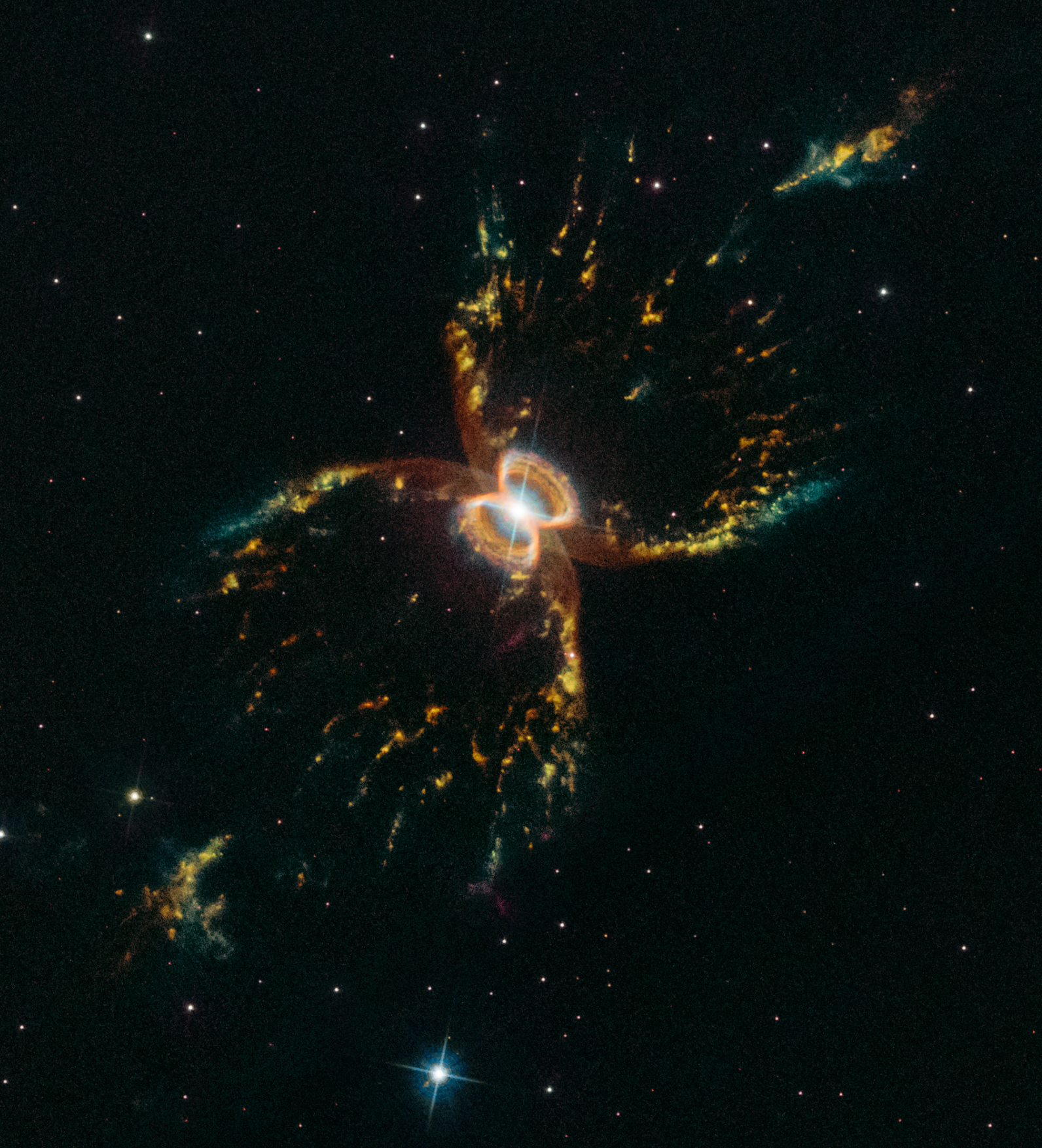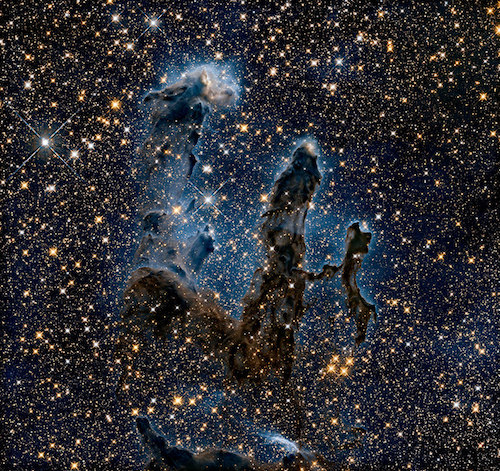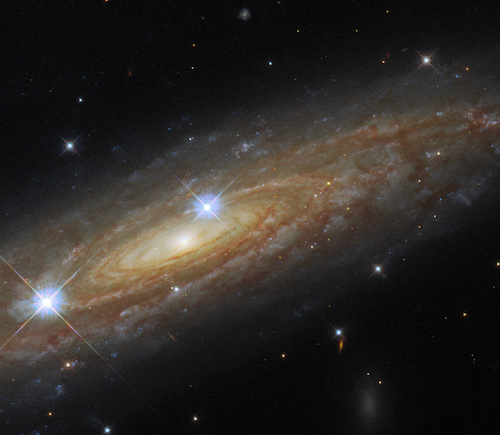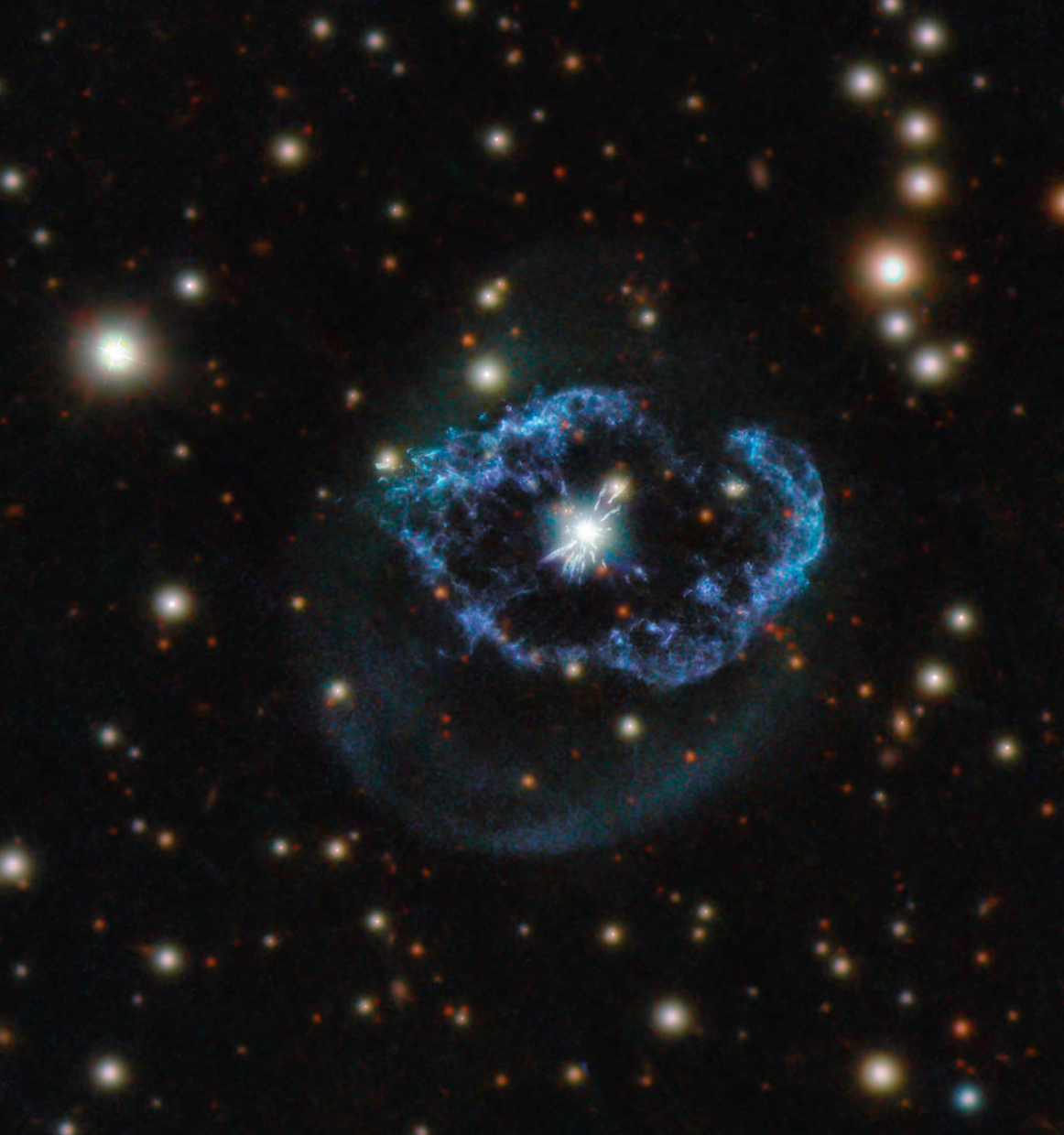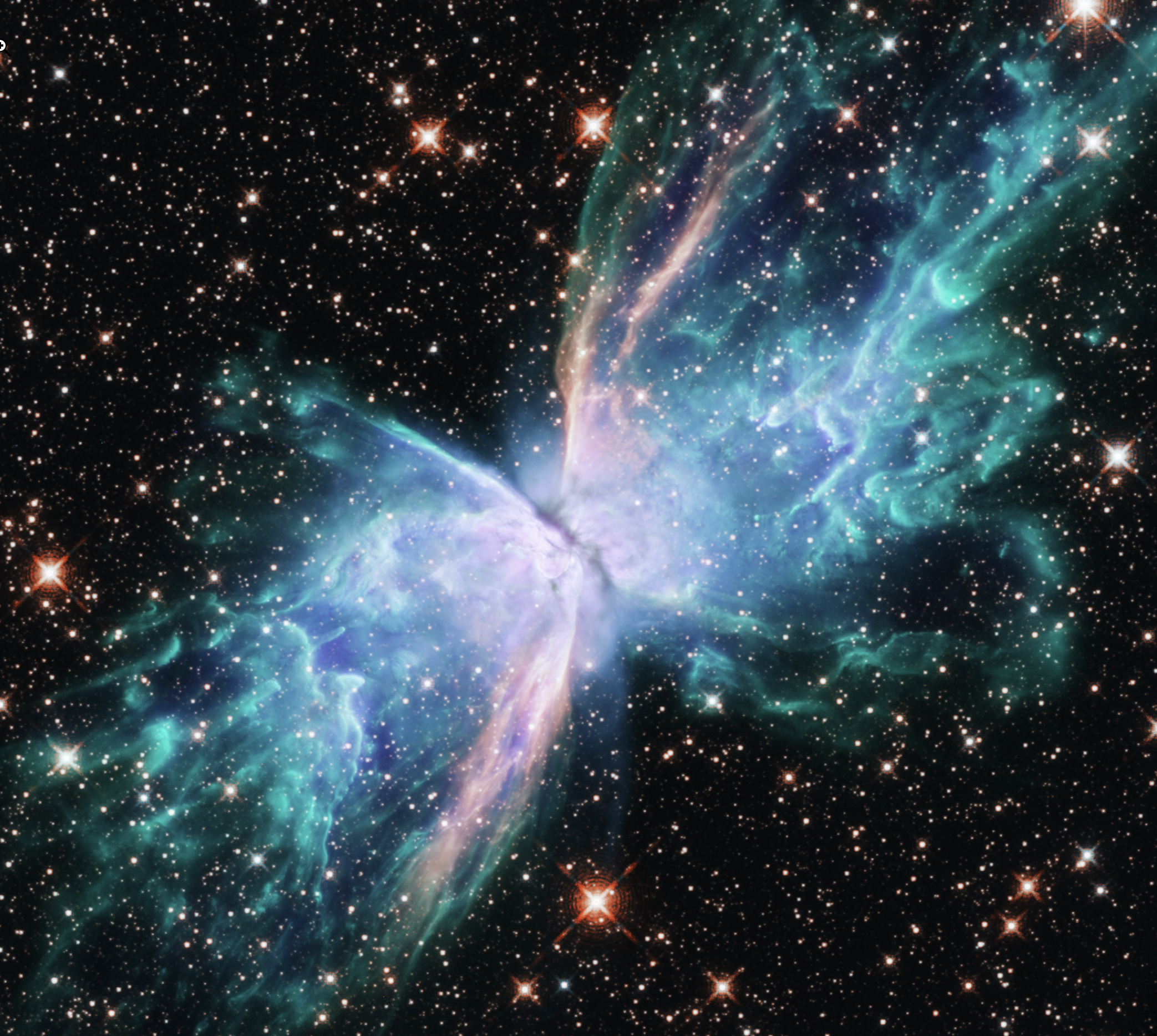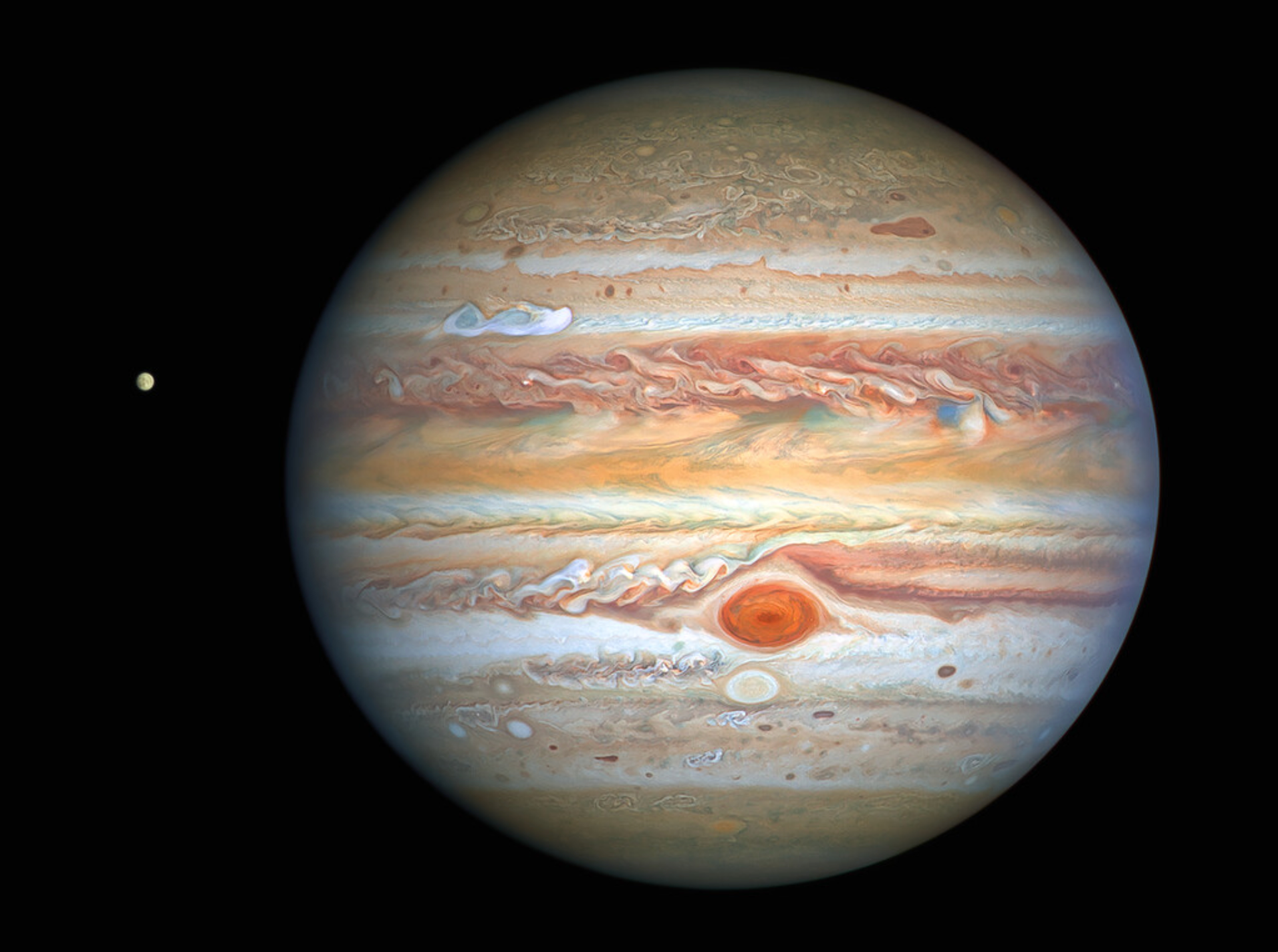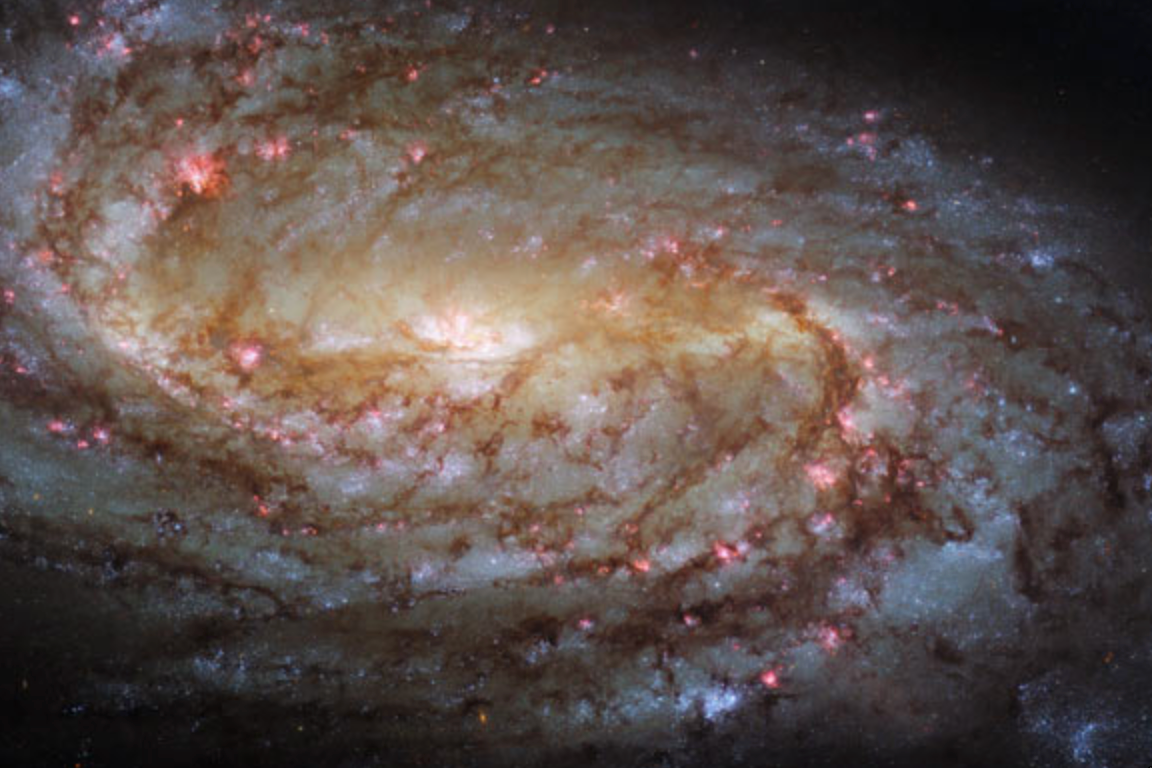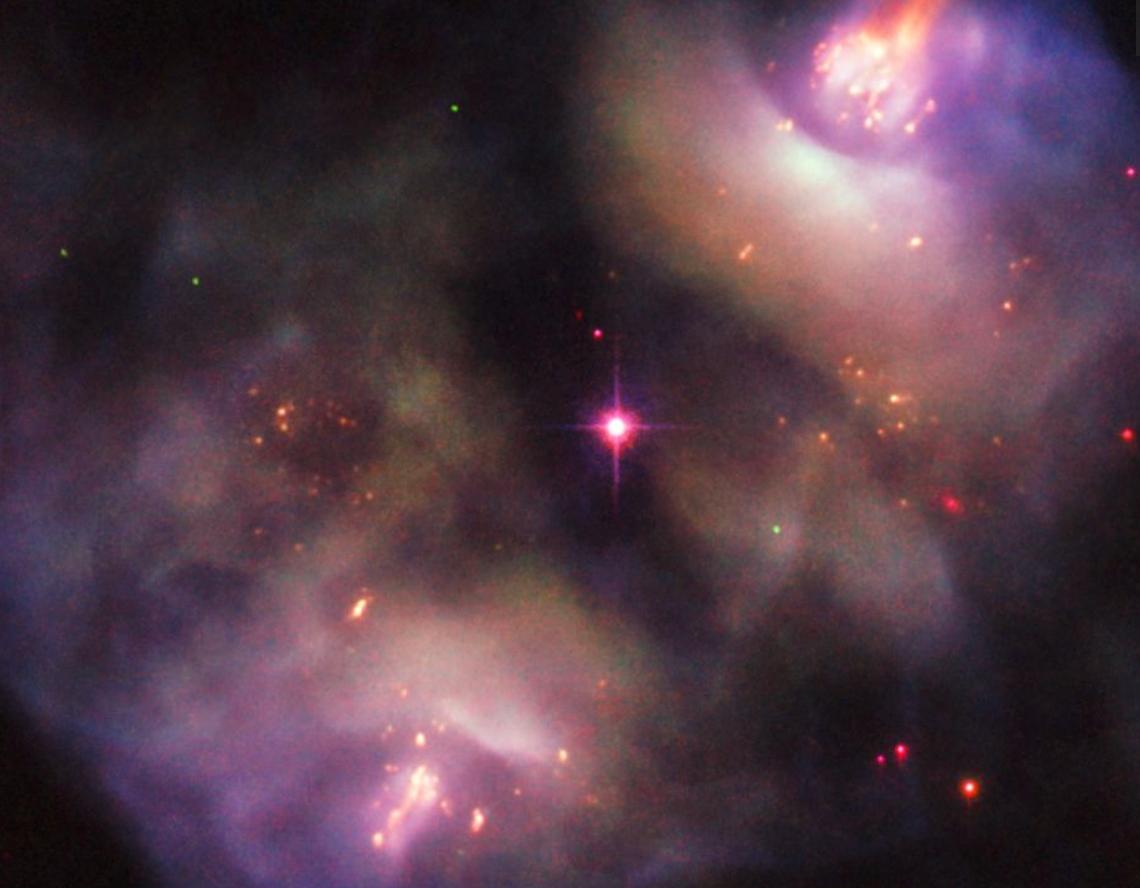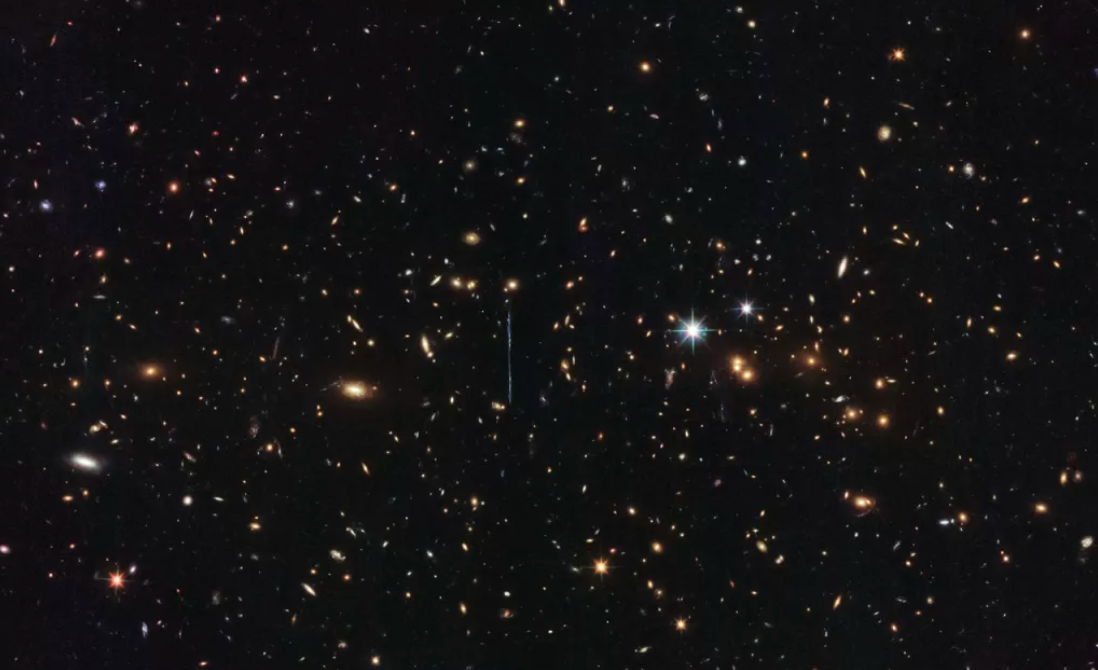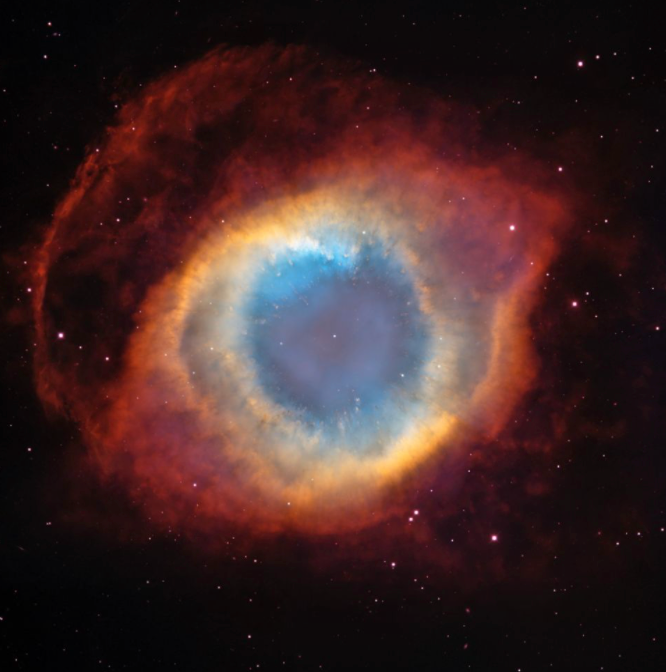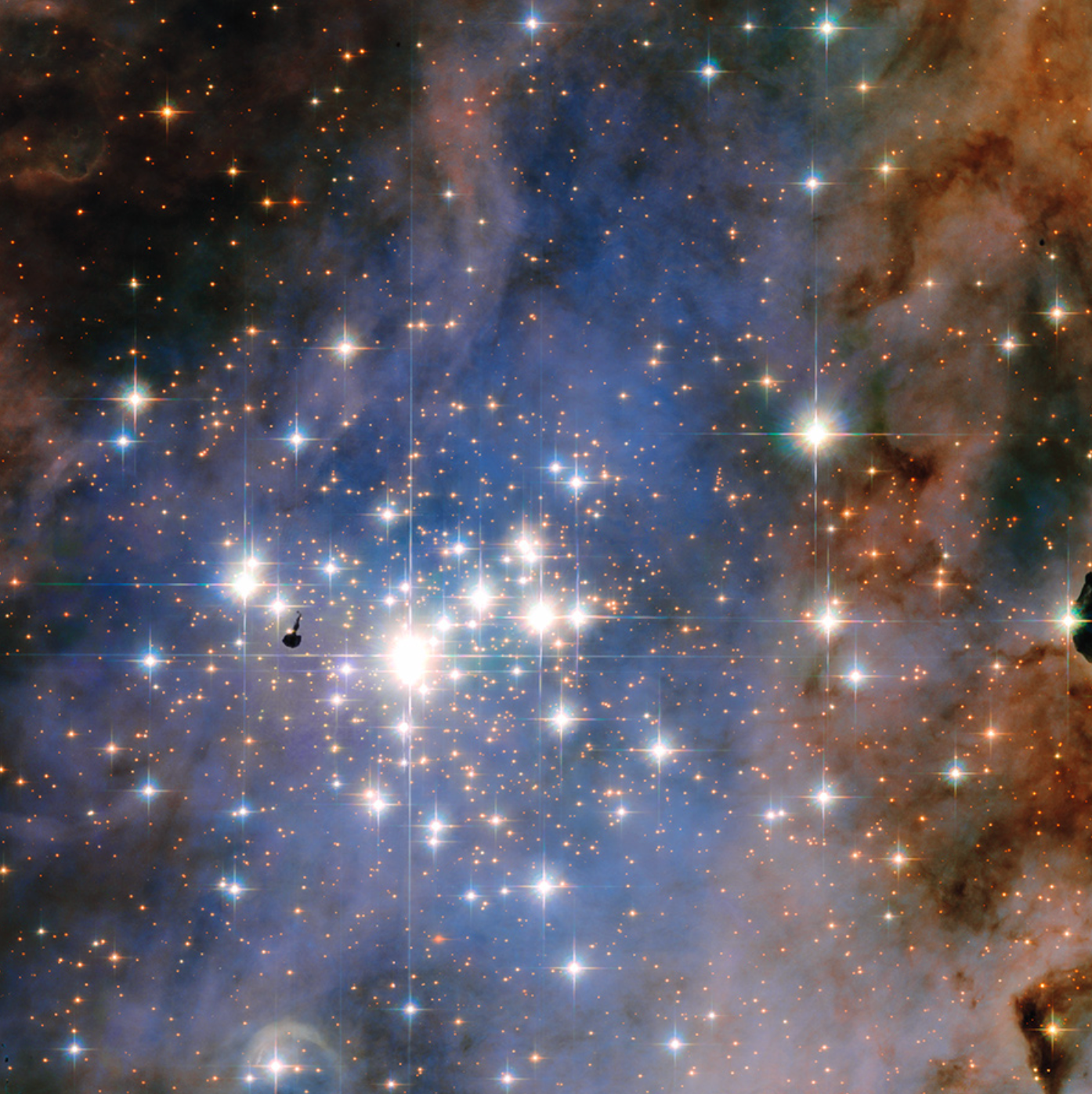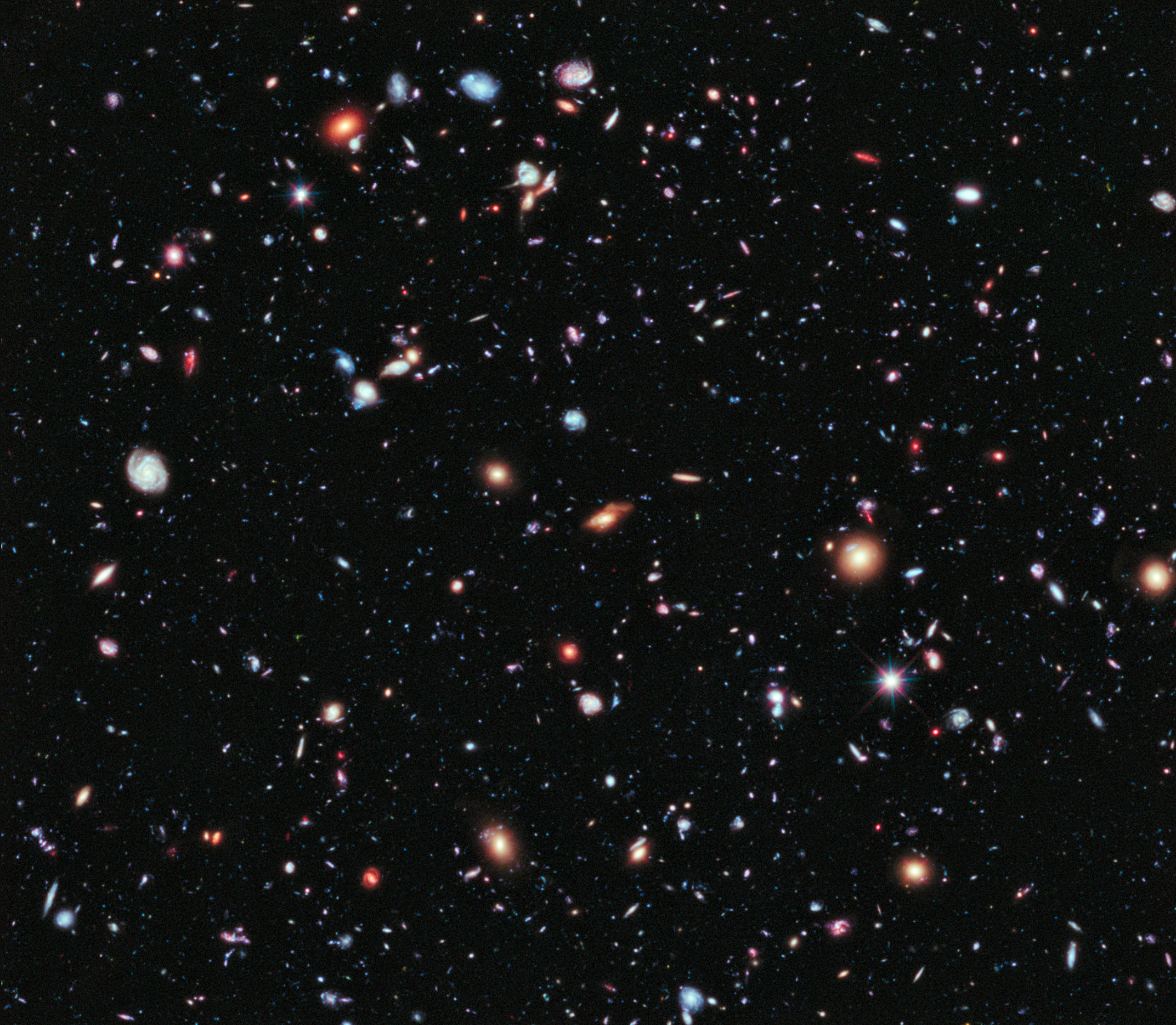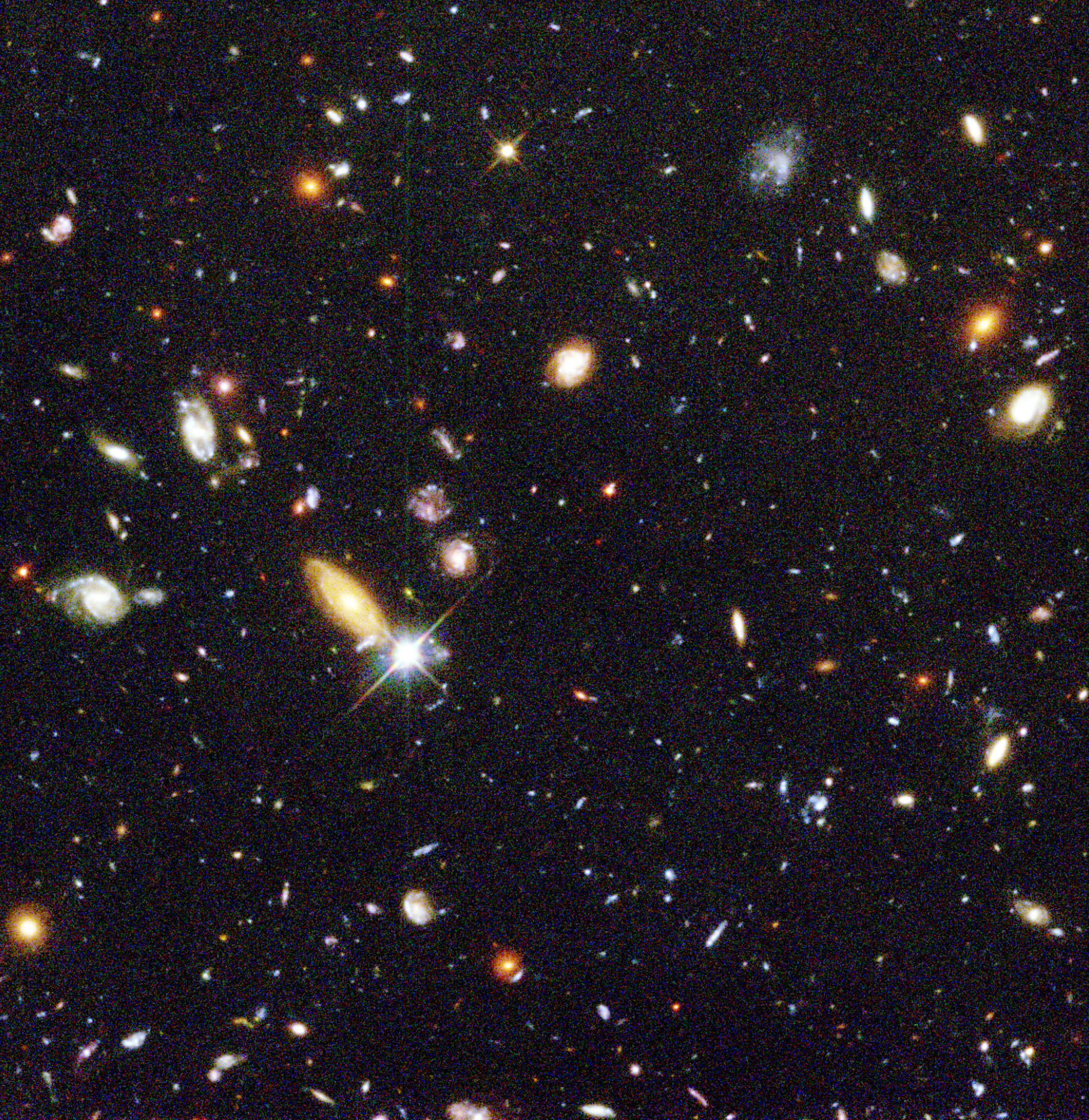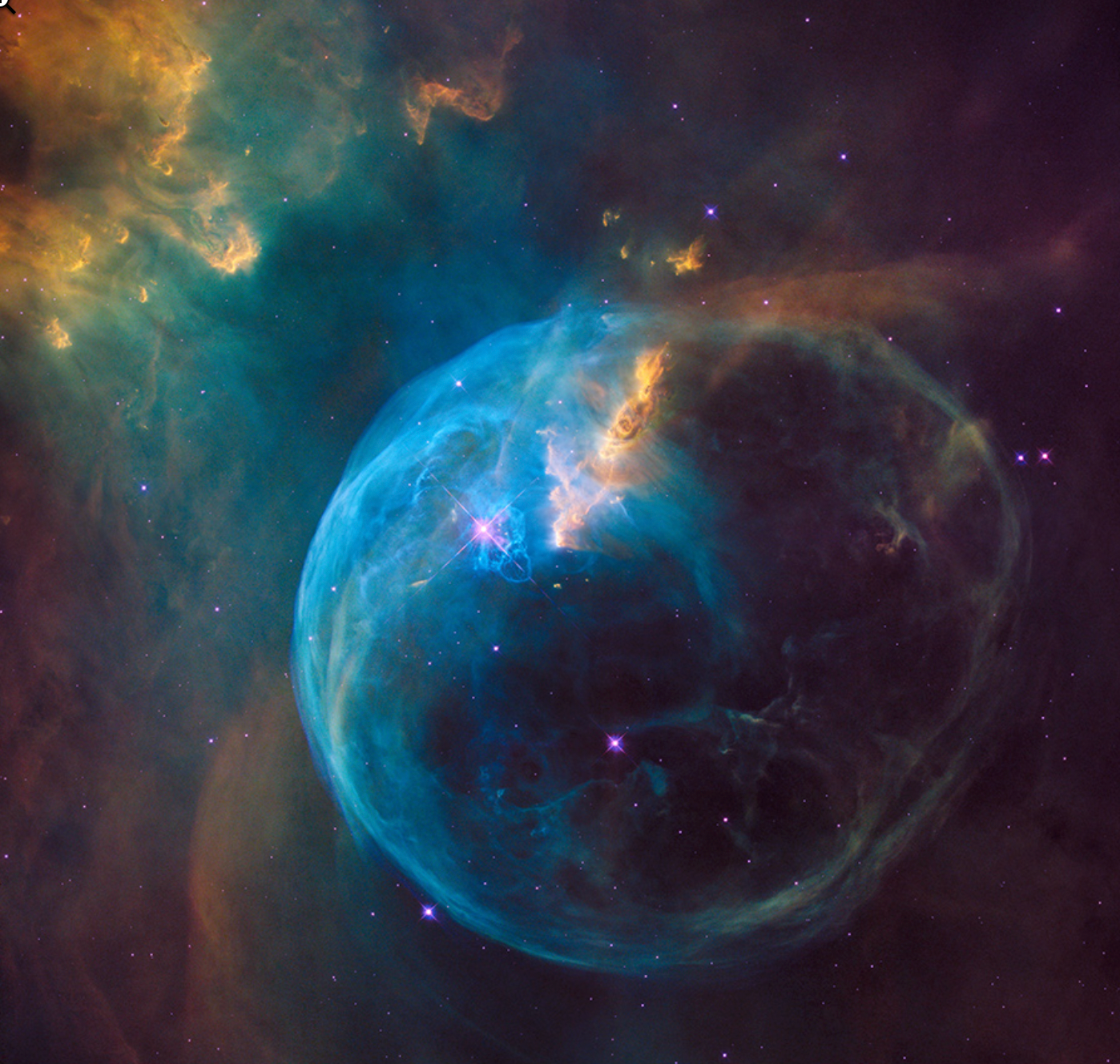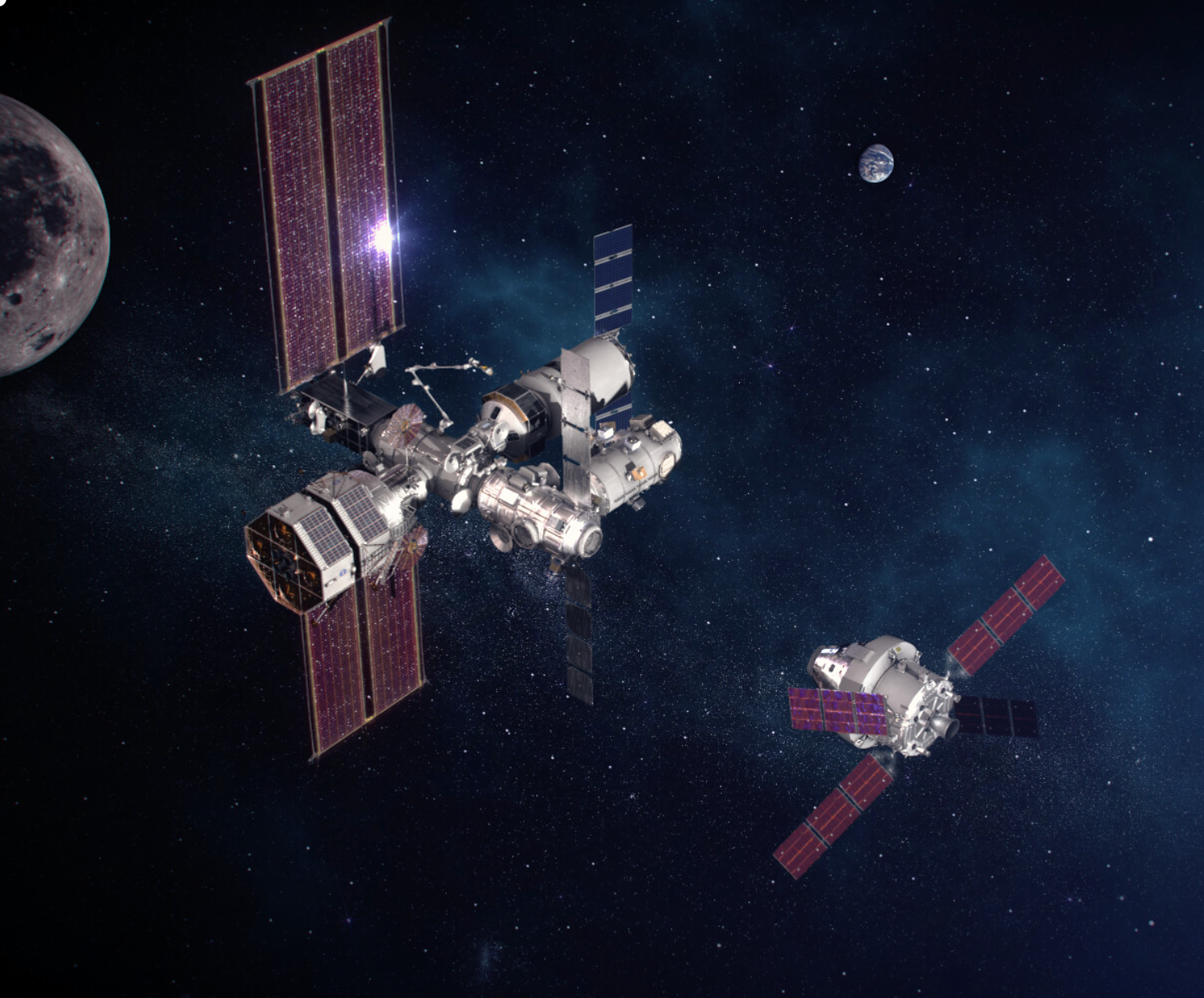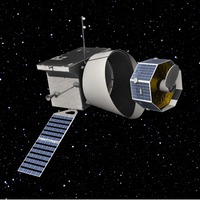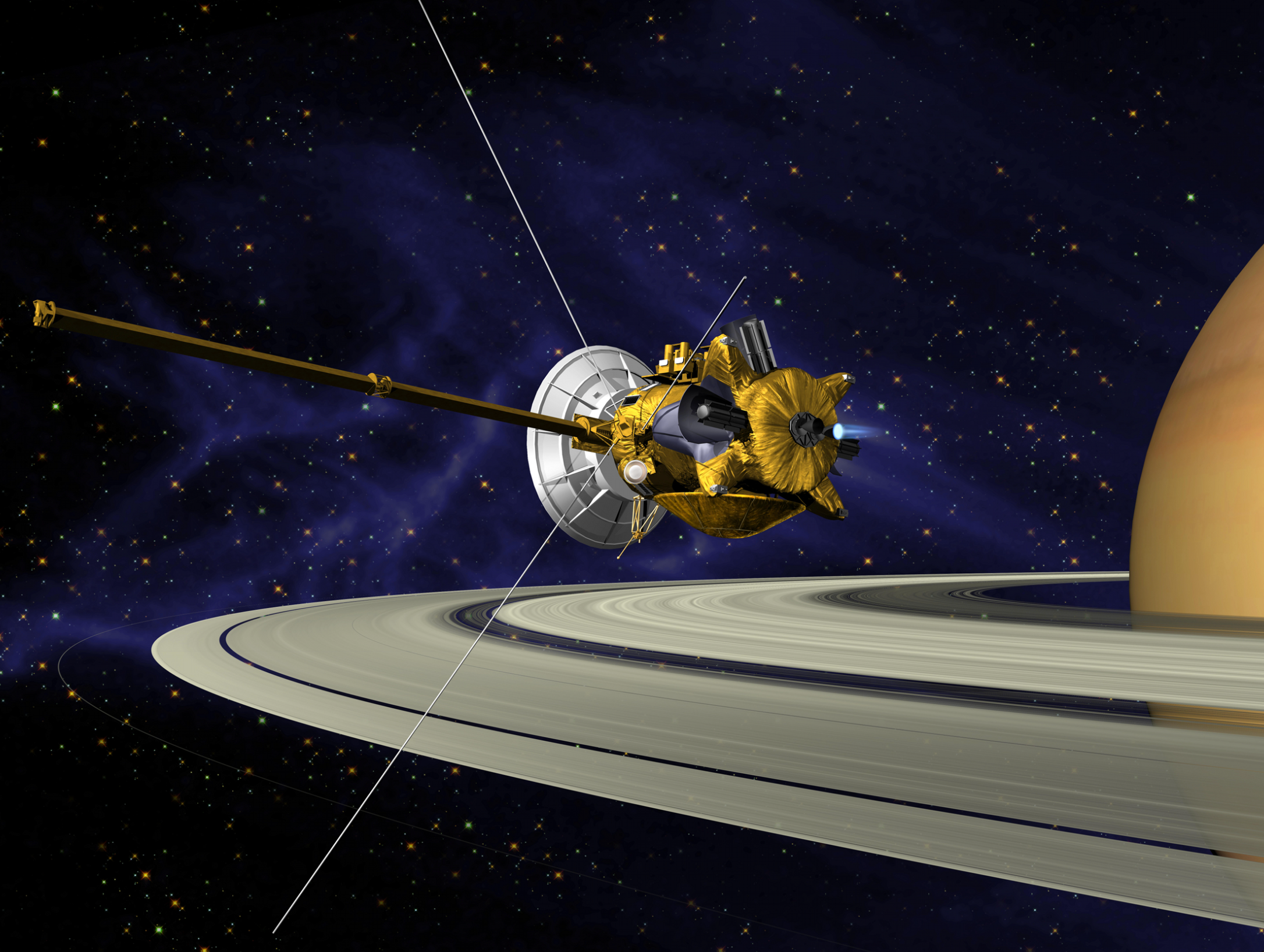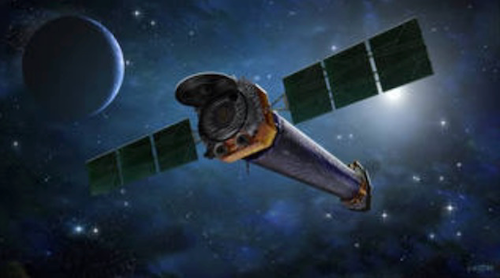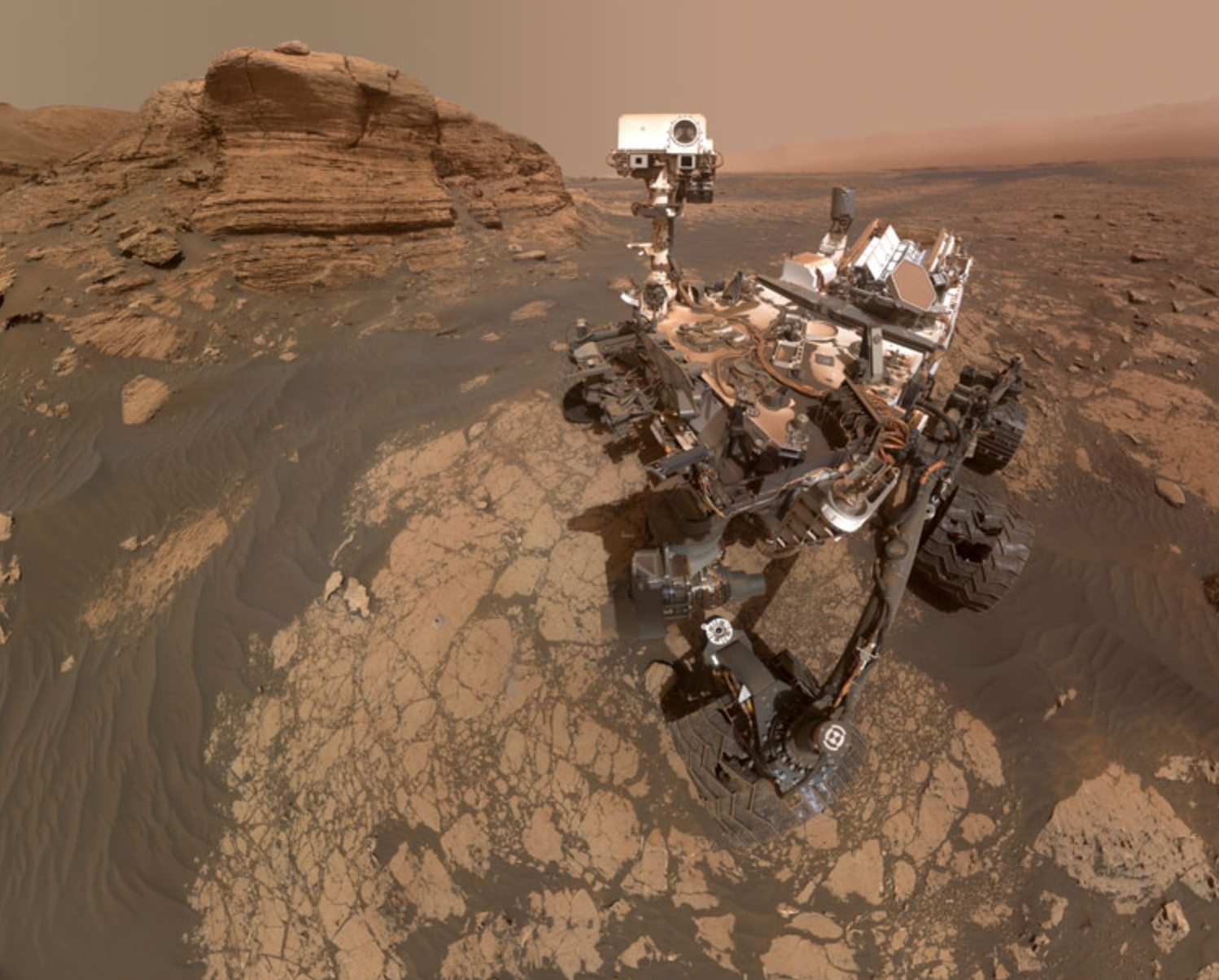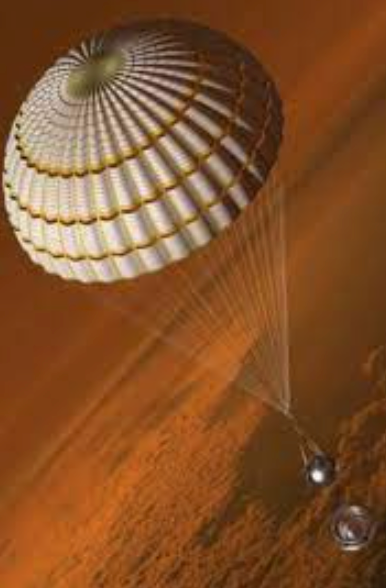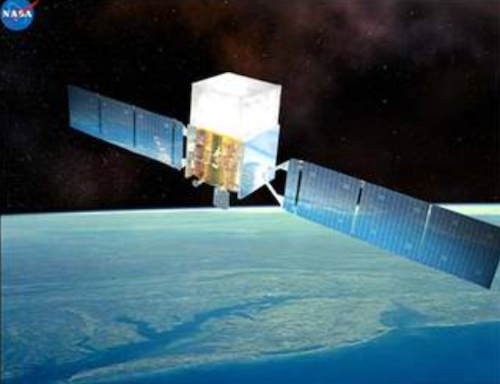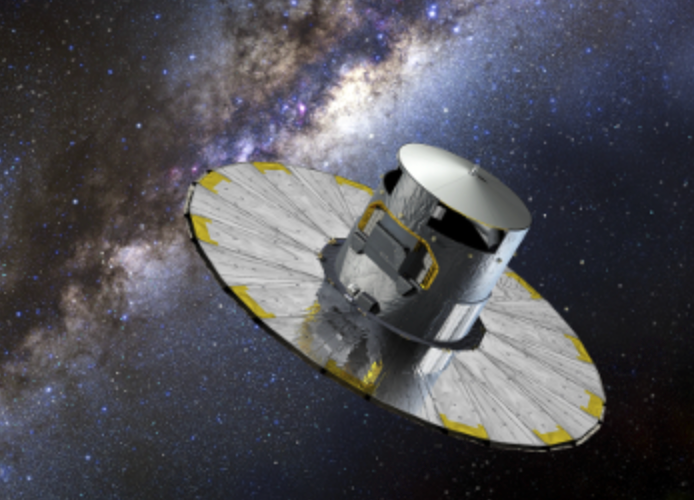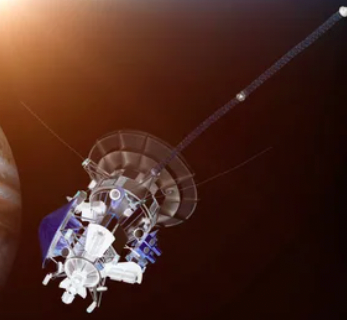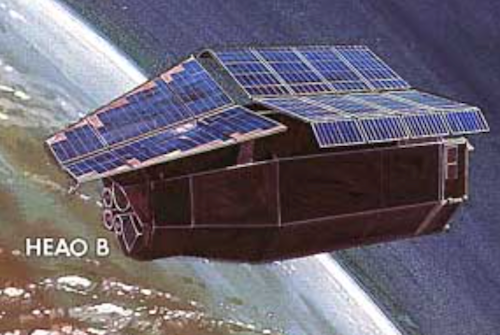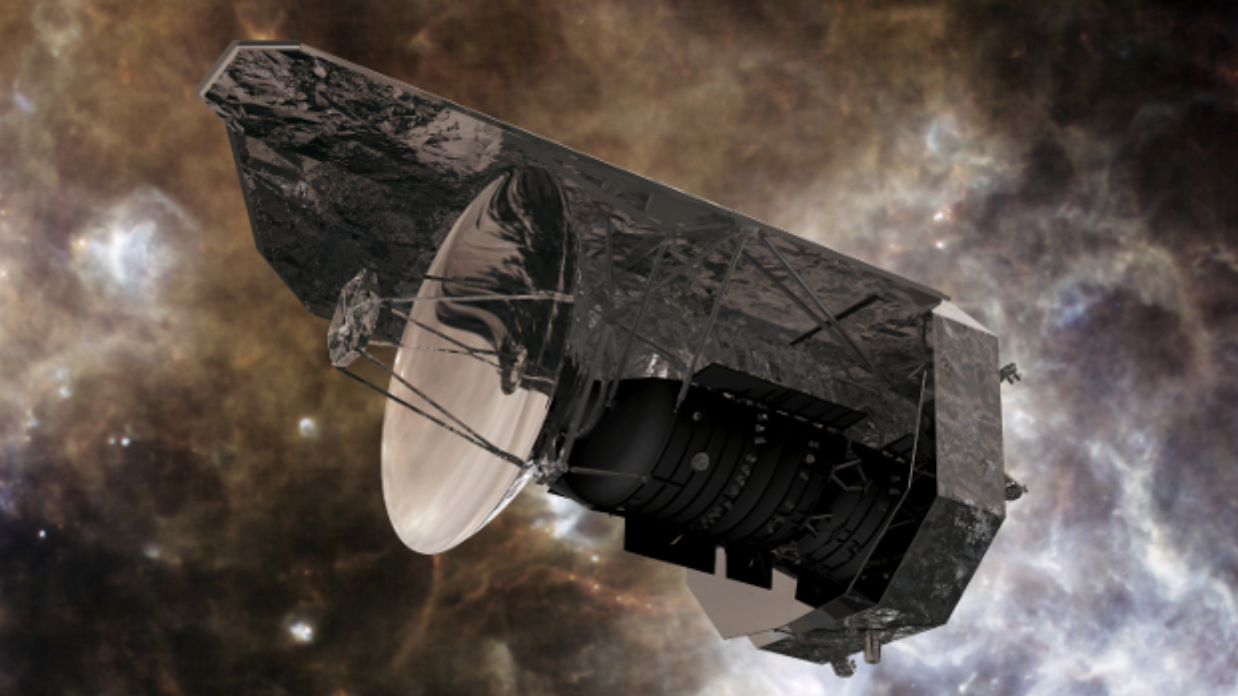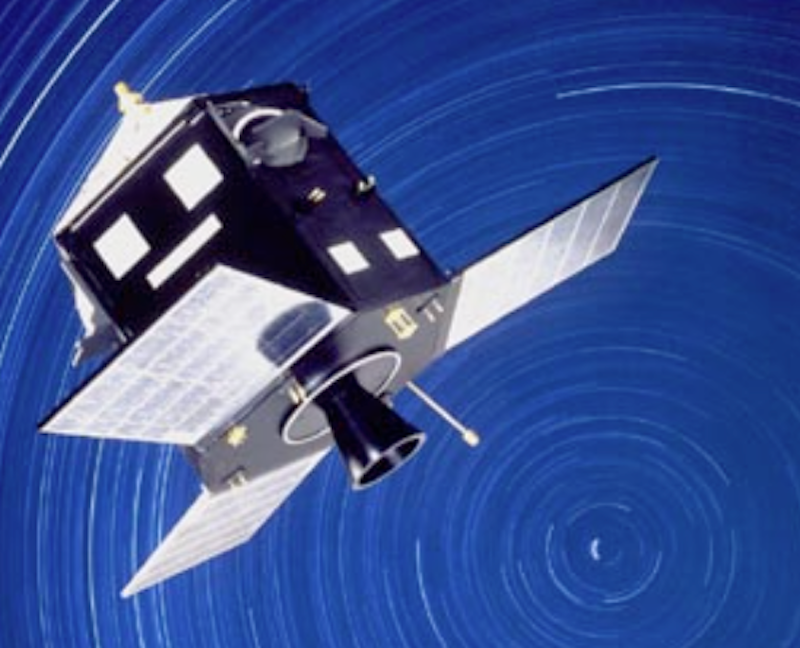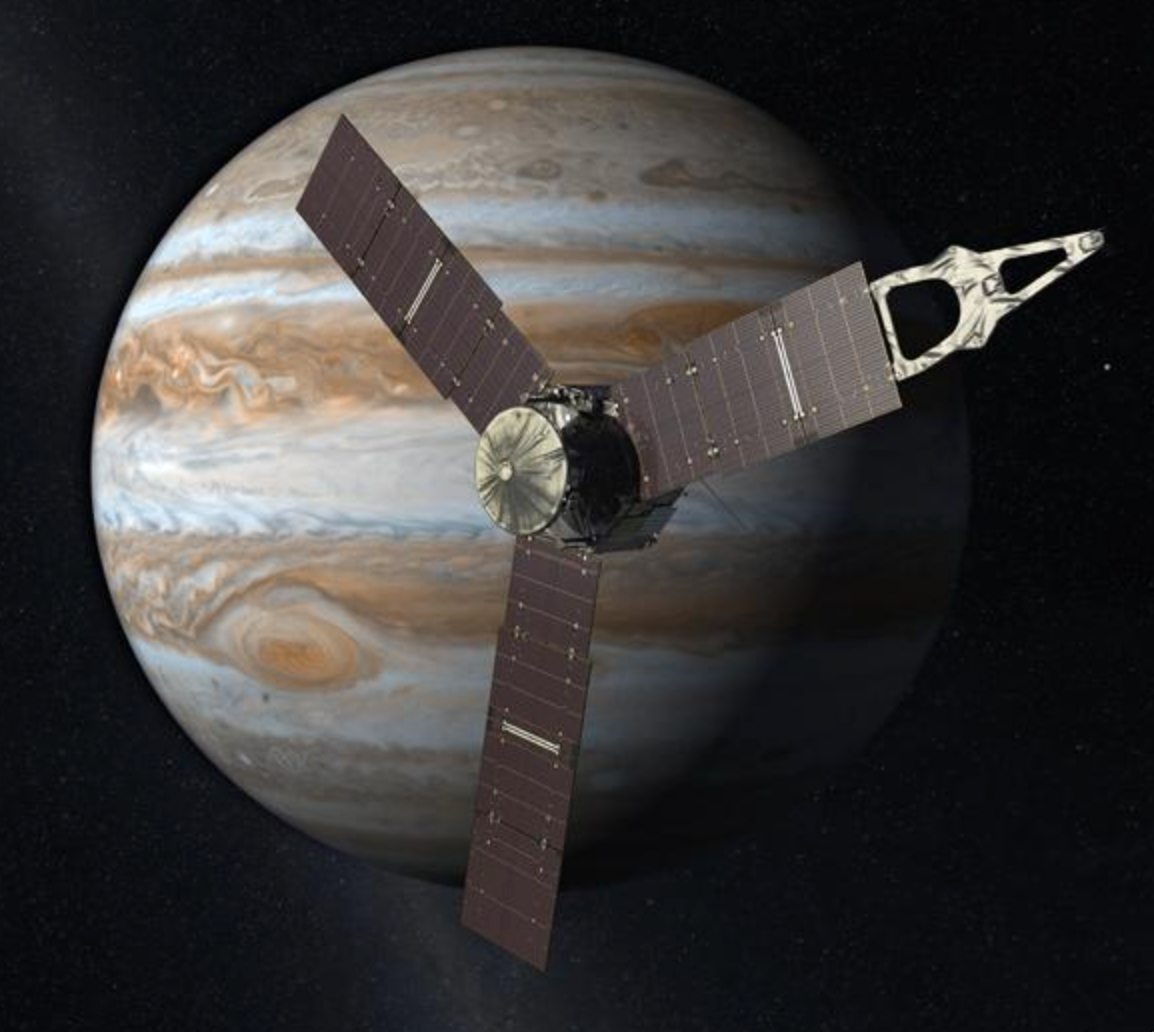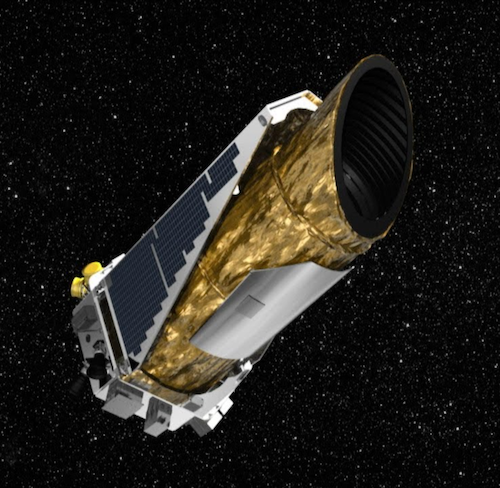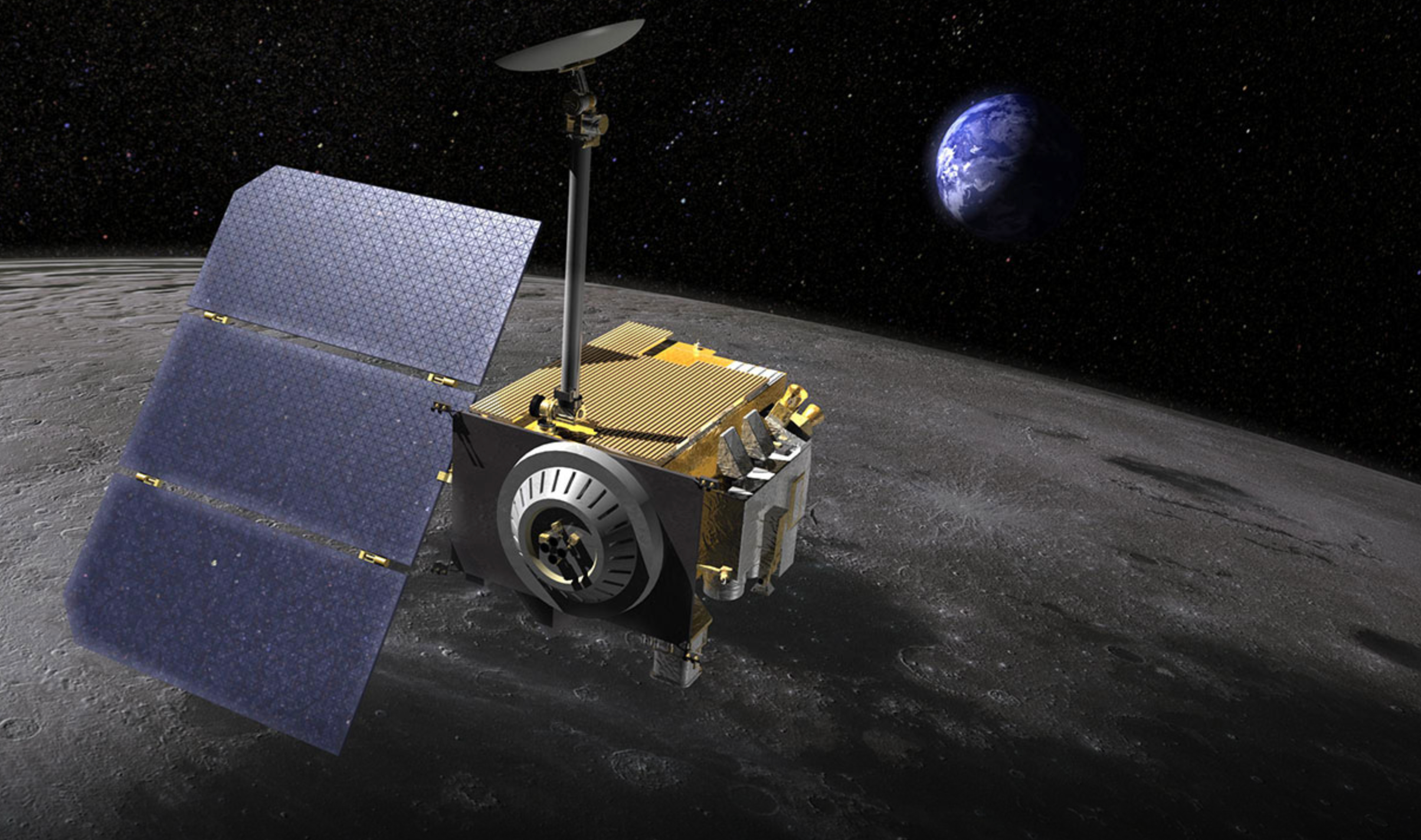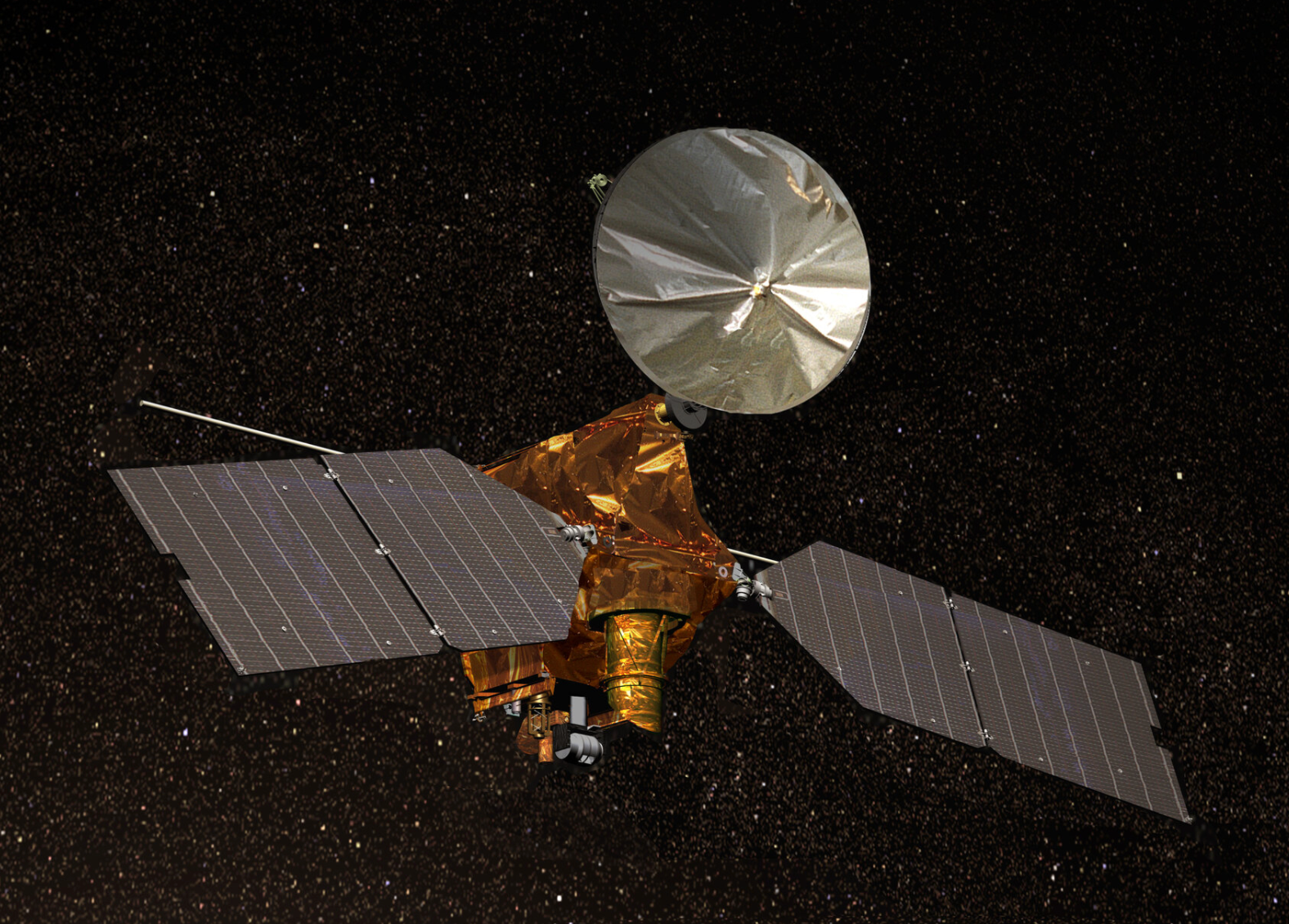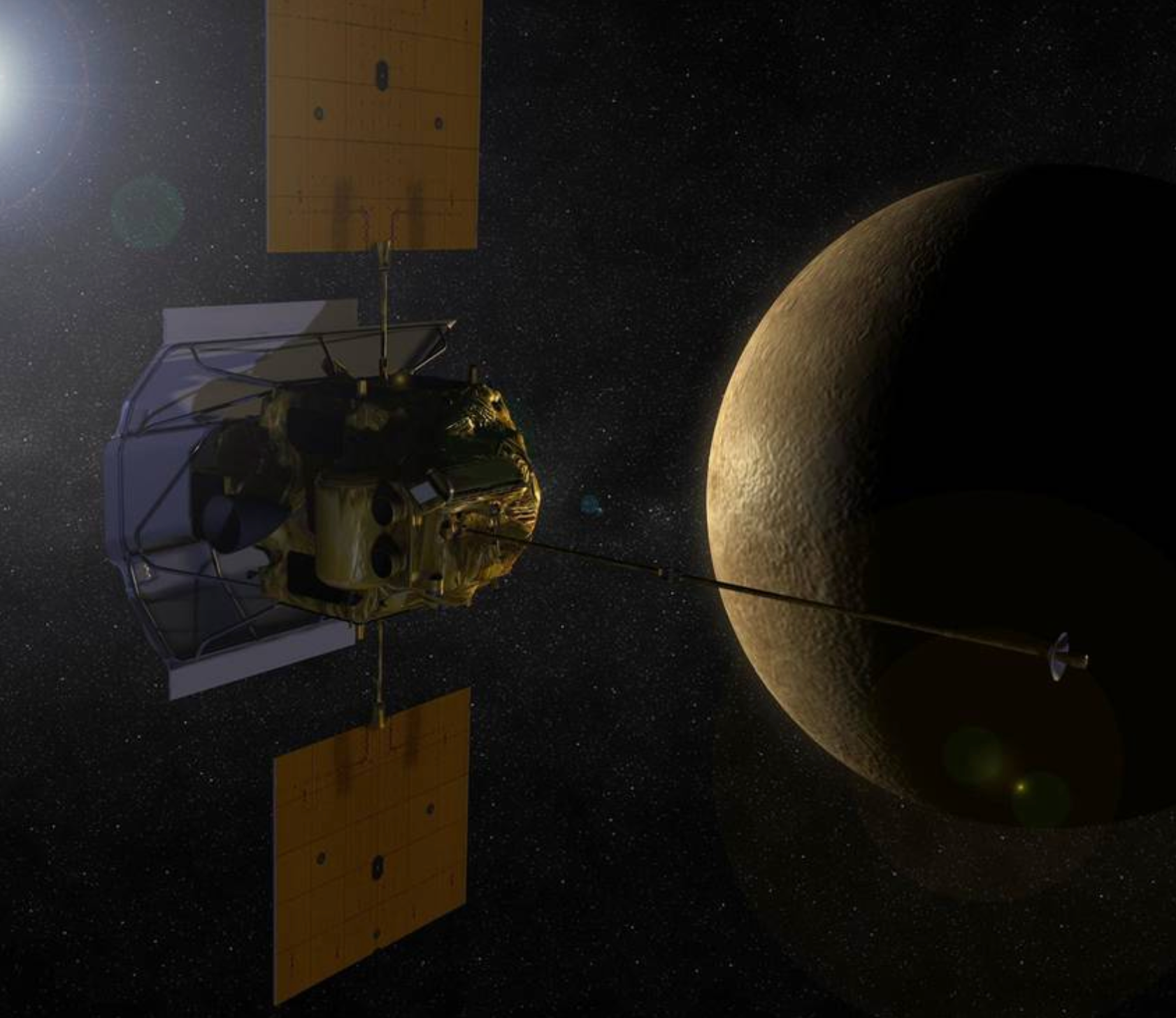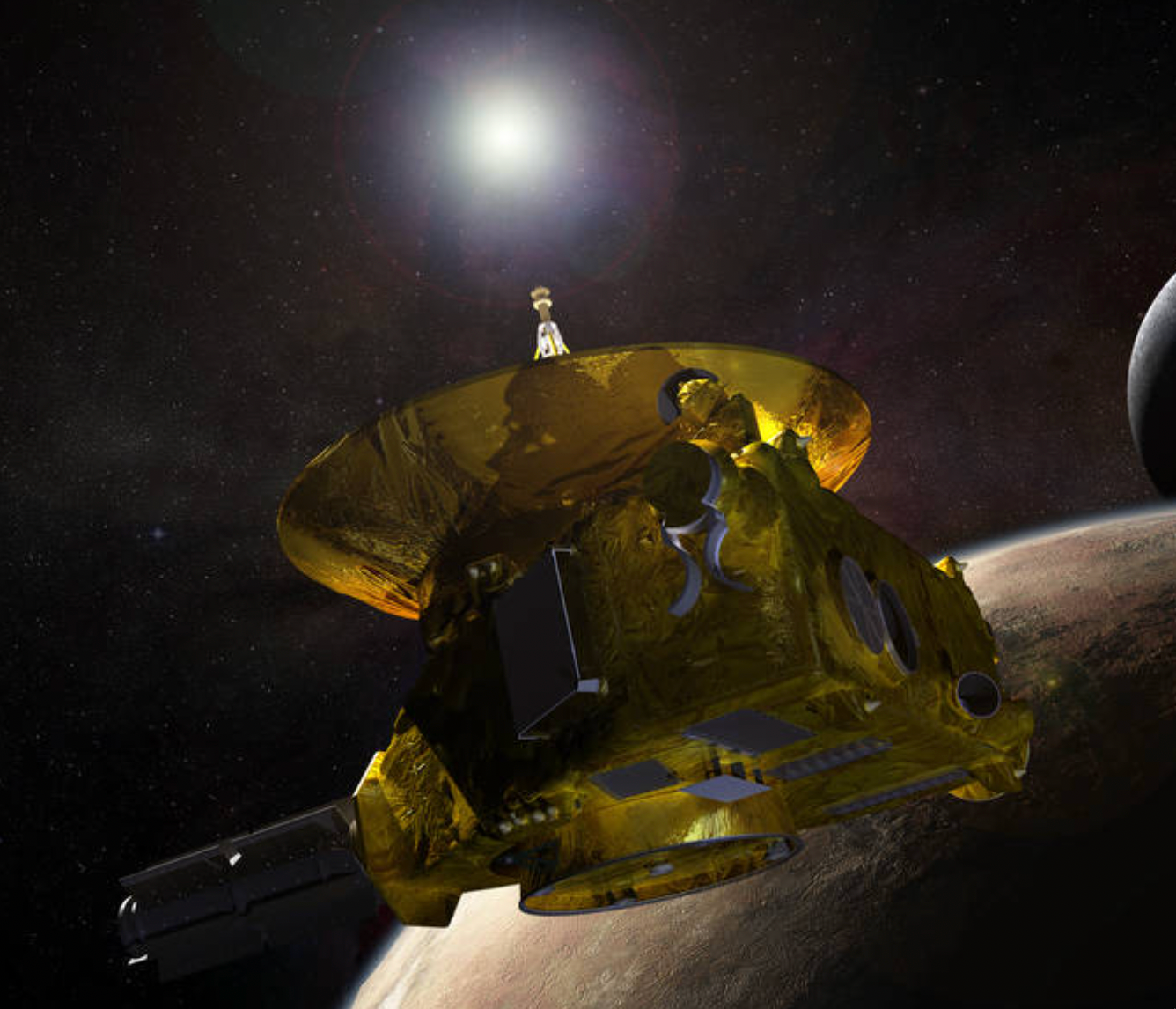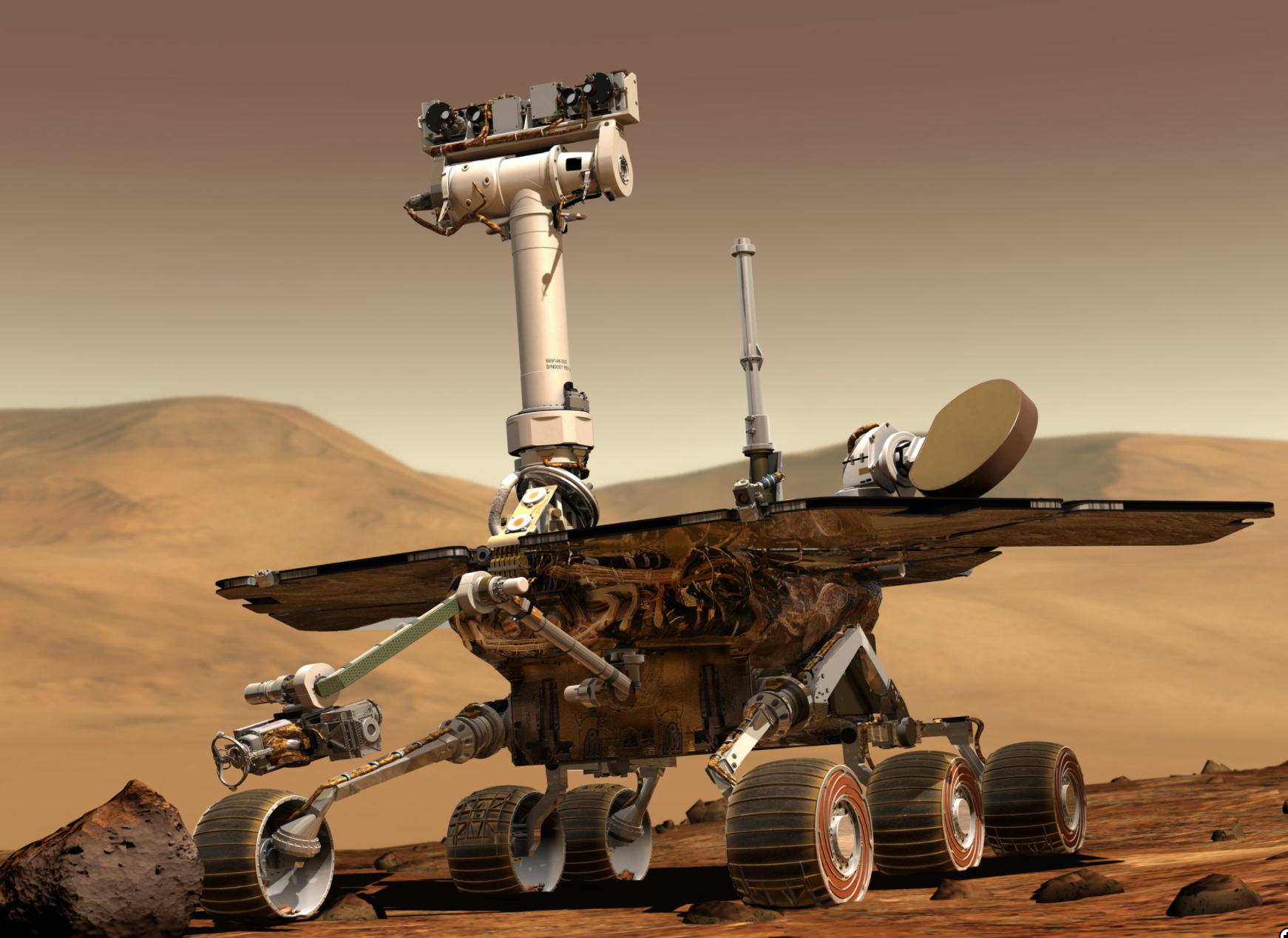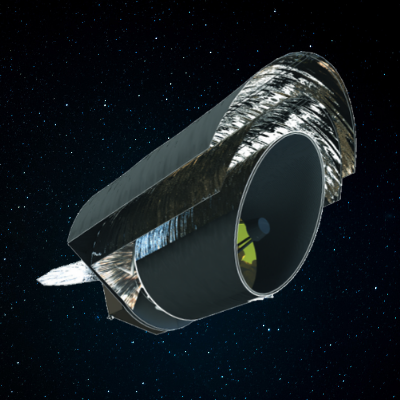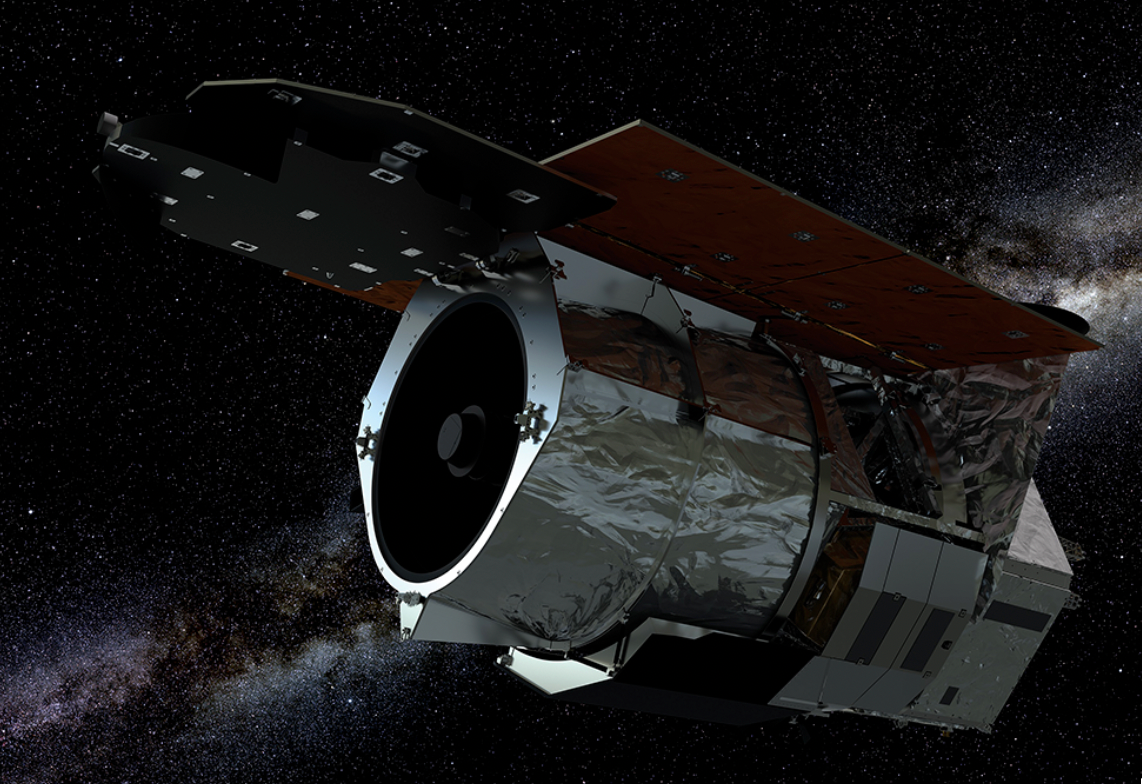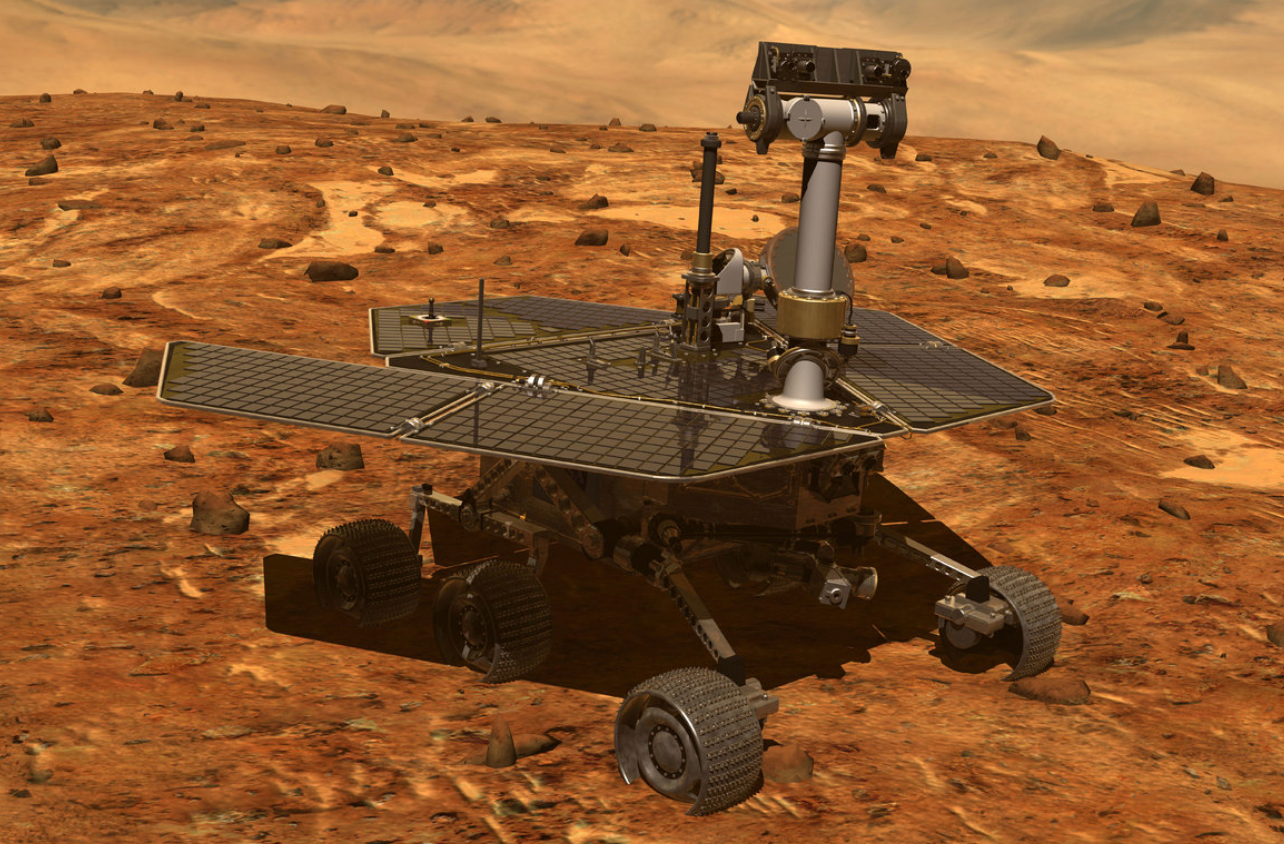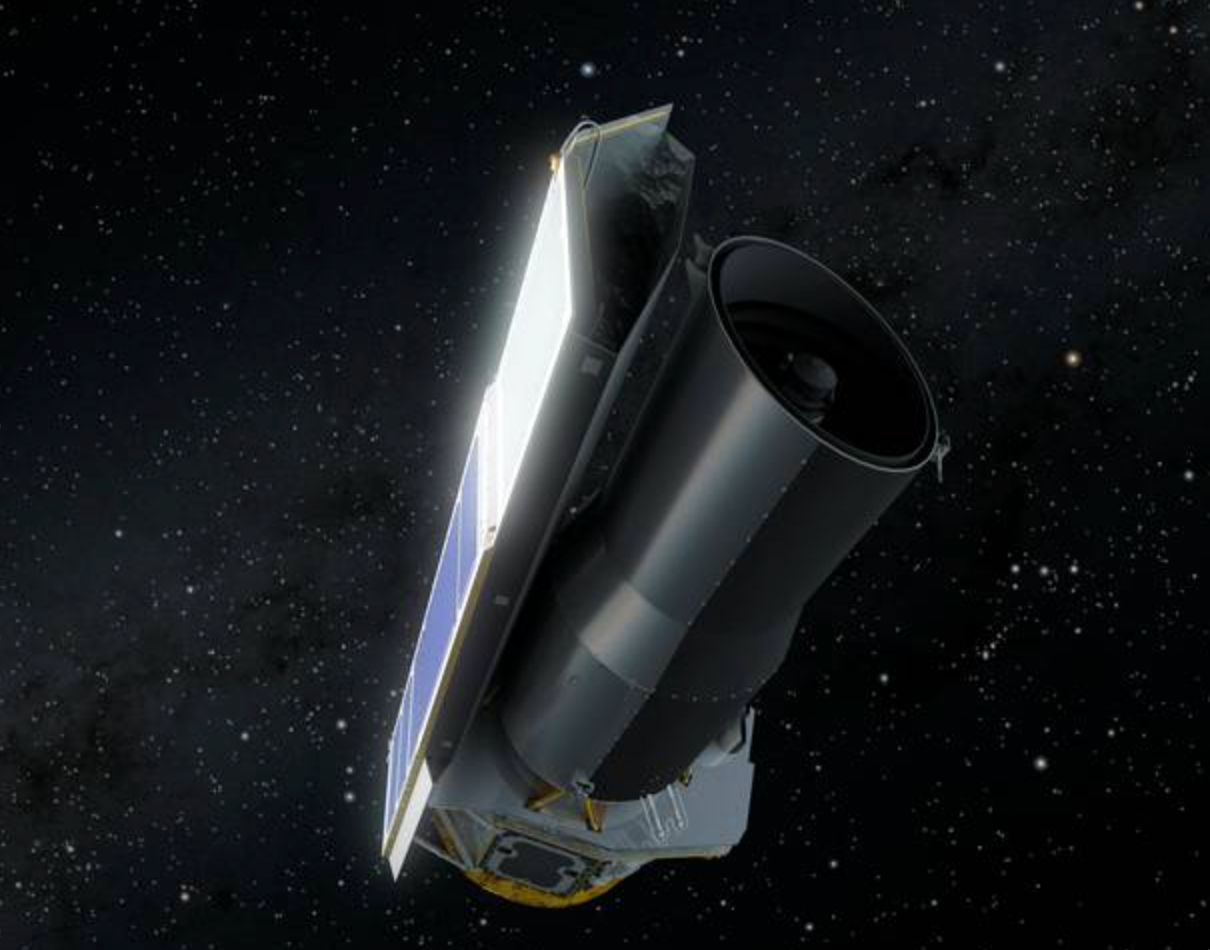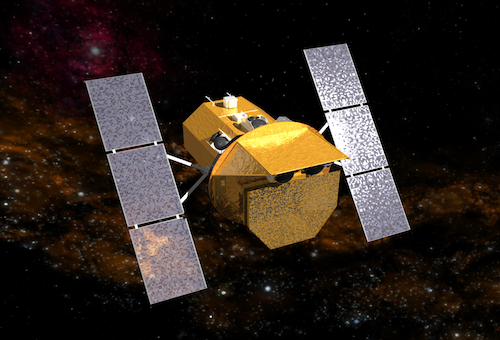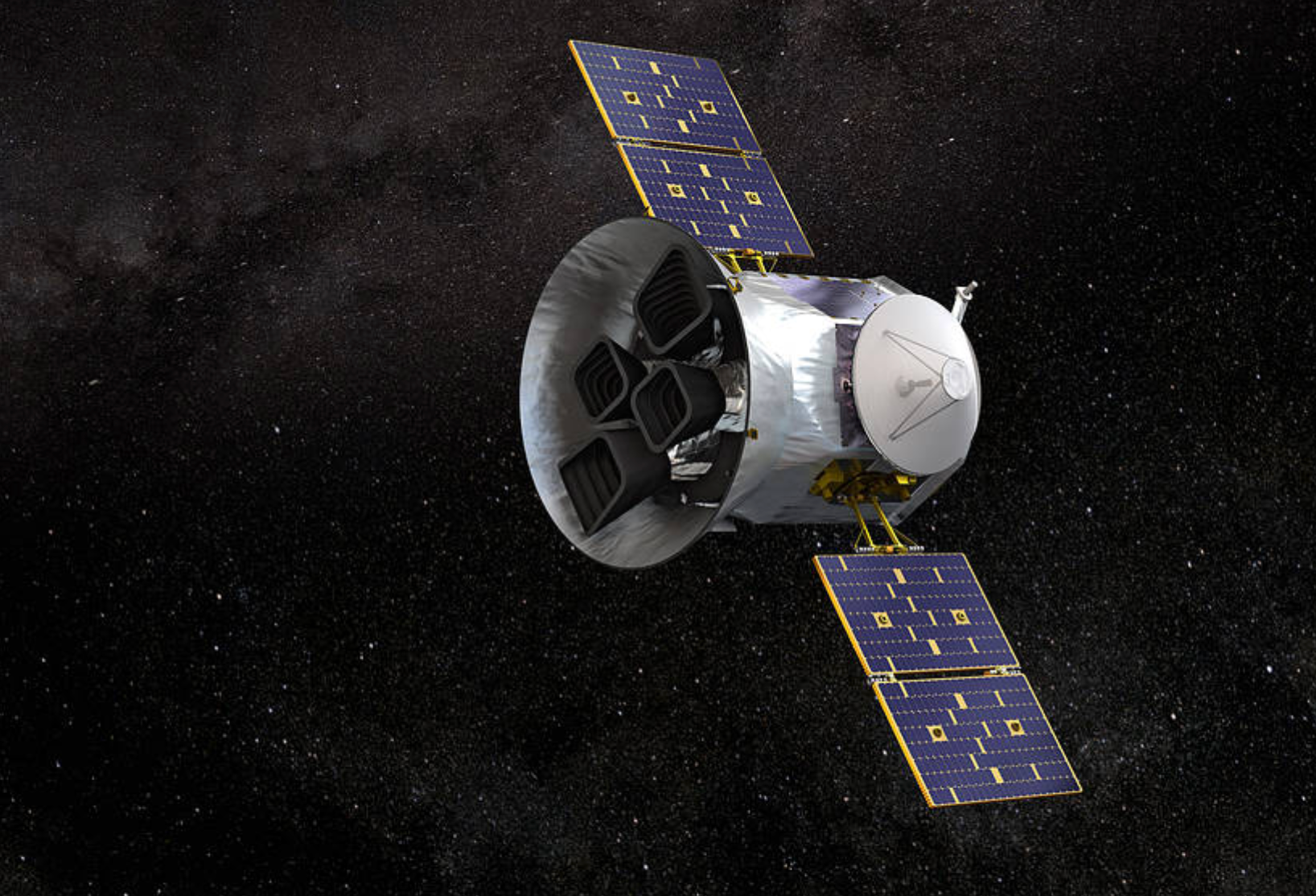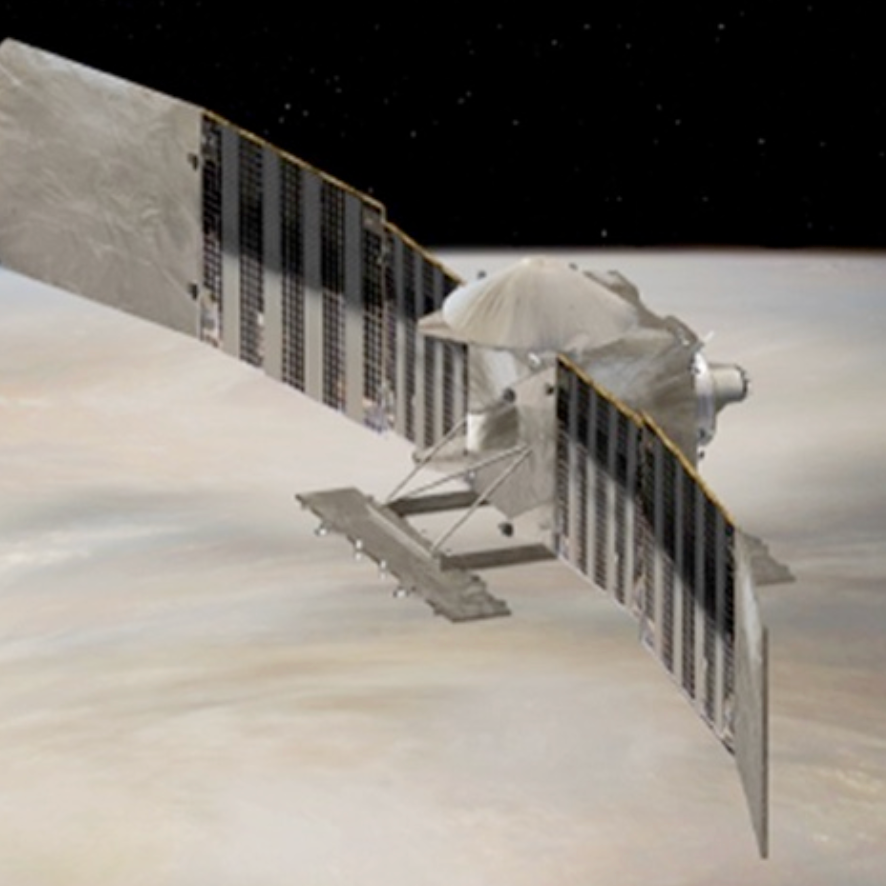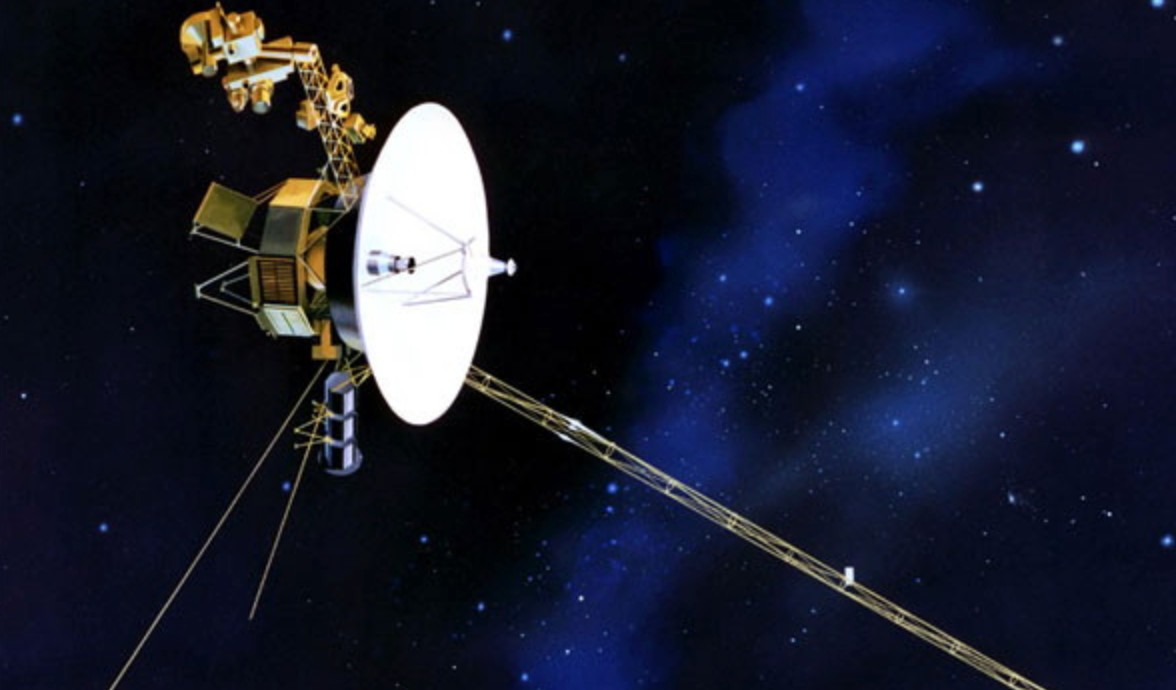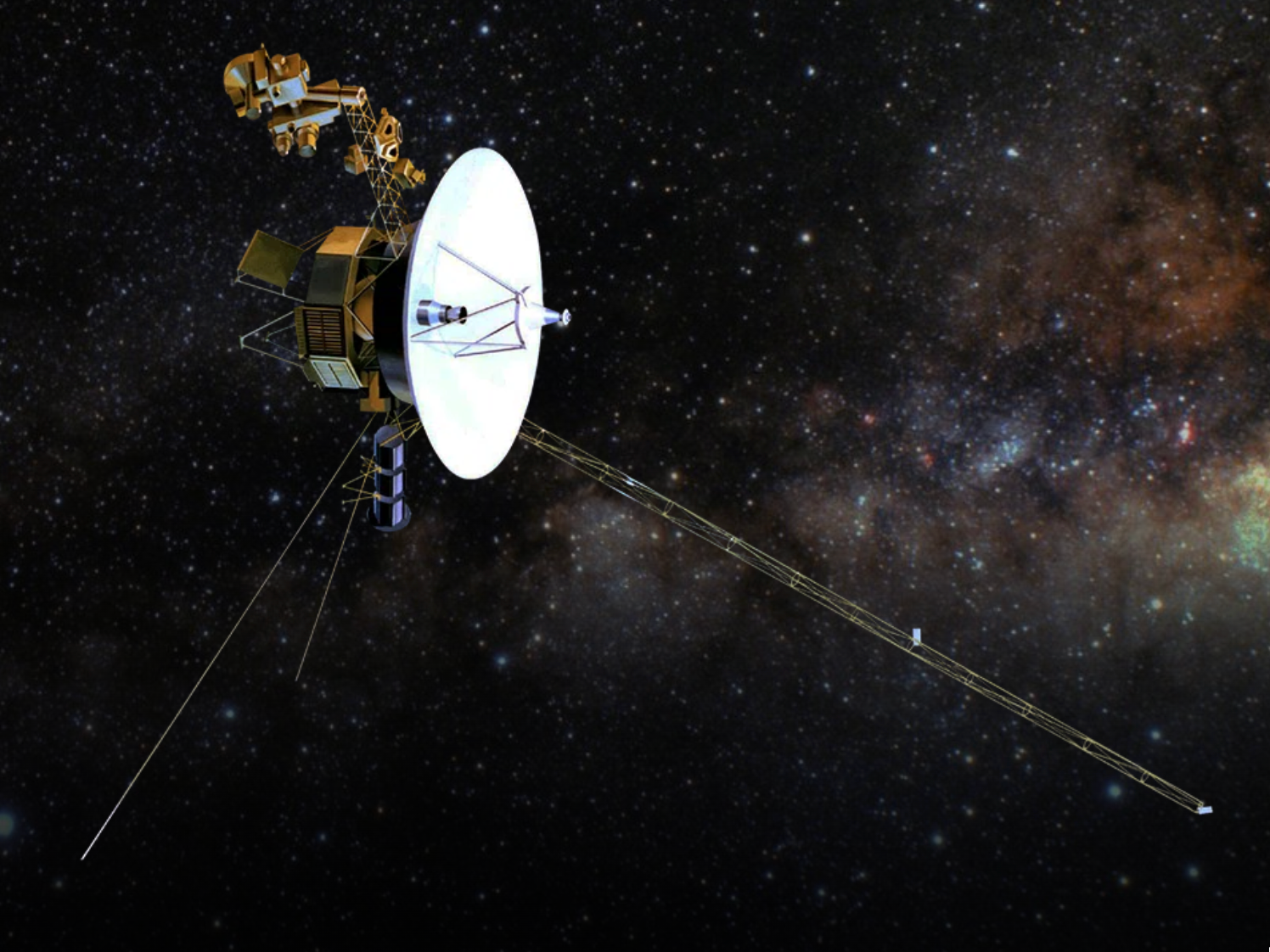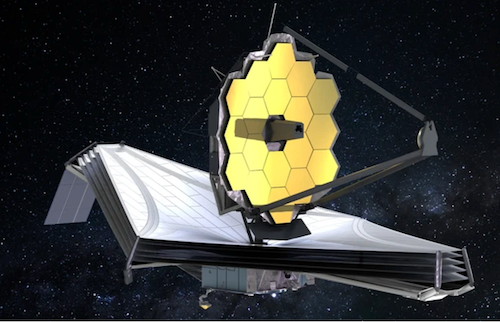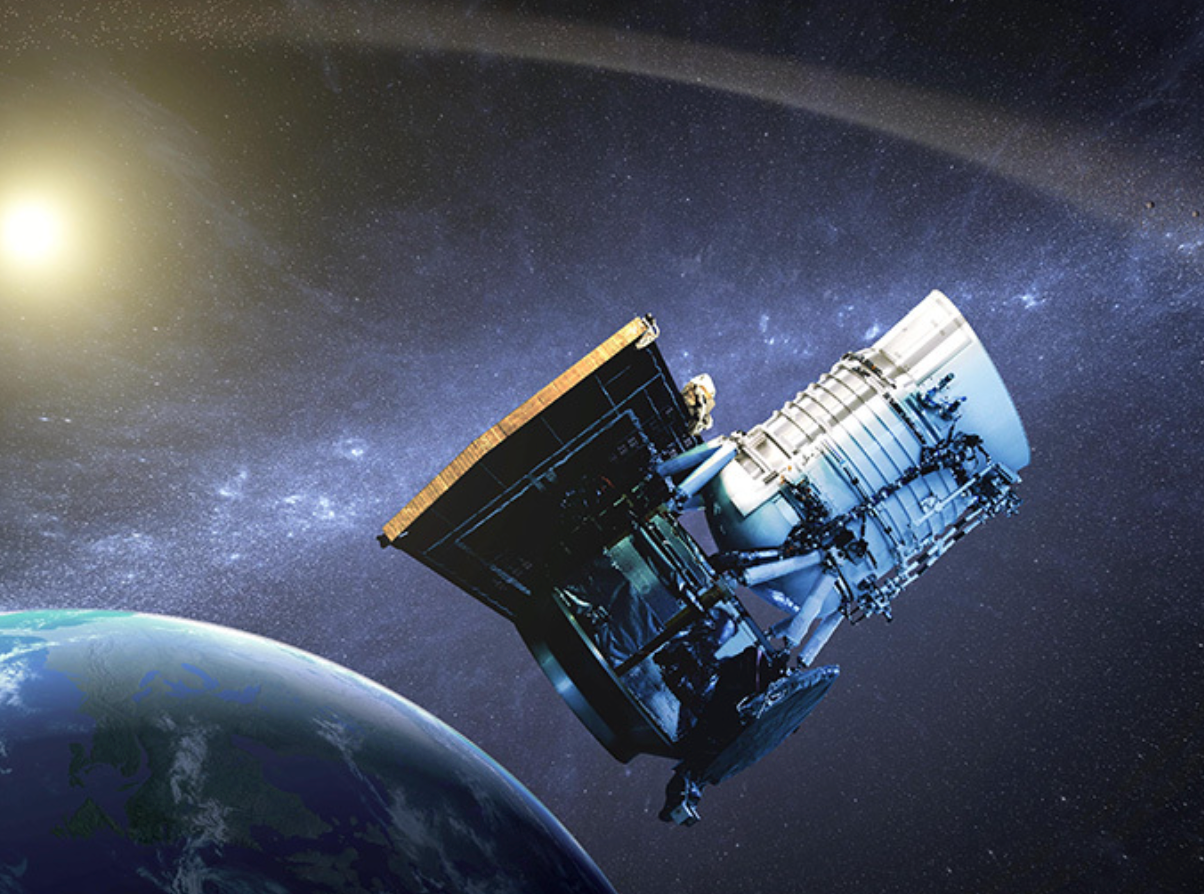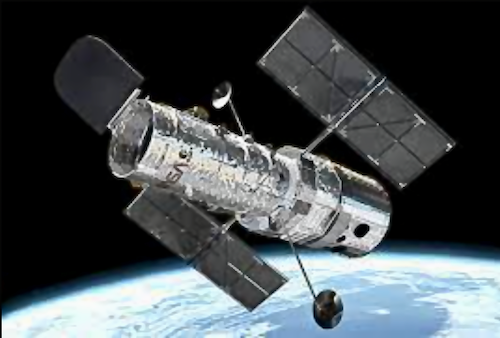
Hubble Telescope
Liftoff
April 24, 1990
Still Exploring
Mission Info
The first major optical telescope to be placed in space, Hubble has been operational for more than 30 years. It has a crystal-clear view of the universe and has been used to observe objects as close as the moon to some of the most distant stars and galaxies yet seen. It can view ultraviolet through the visible and into the near-infrared. New scientific instruments have been added to the telescope over the course of five astronaut servicing missions. Hubble has made more than 1.5 million observations over the course of its lifetime.
Key Facts
Launch Vehicle
Space Shuttle Discovery
Launch Site
Kennedy Space Center, Fl
Orbits about 350 miles above Earth’s surface
First telescope designed to be repaired in space
Mission Images
Mission News
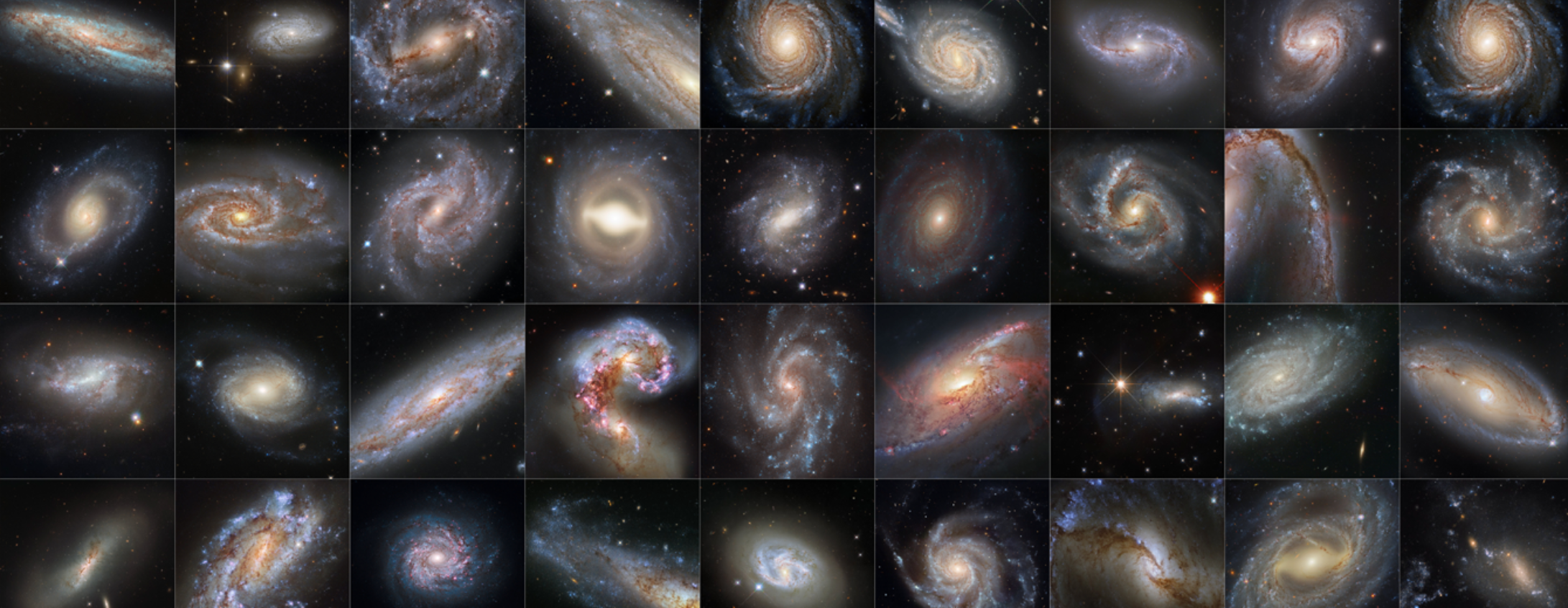 NASA, ESA, STScI
NASA, ESA, STScIHubble reaches new milestone
Completing a nearly 30-year marathon, NASA's Hubble Space Telescope has calibrated more than 40 'milepost markers' of space and time to help scientists precisely measure the expansion rate of the universe
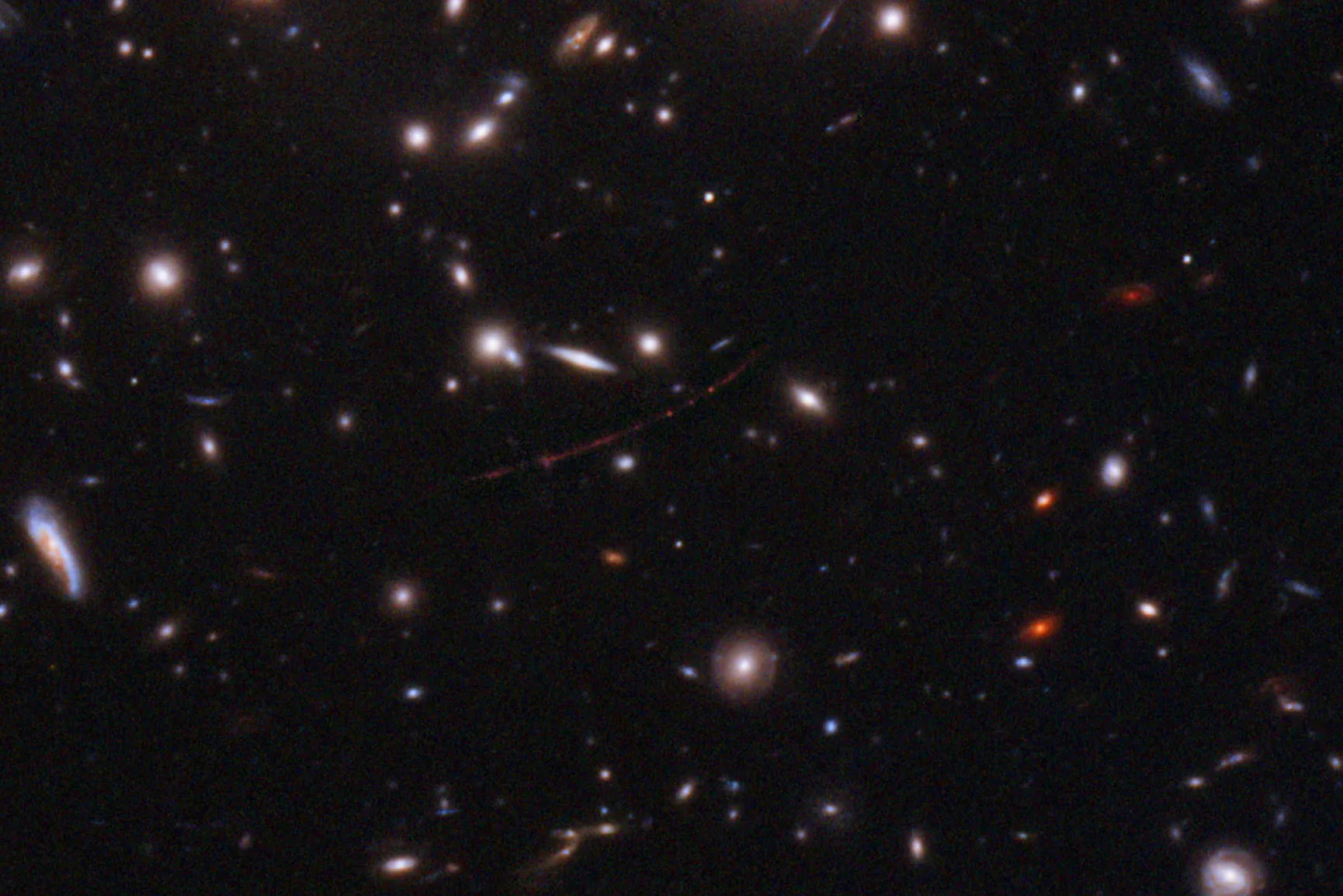 NASA/ESA/ALYSSA PAGAN (STSCI)
NASA/ESA/ALYSSA PAGAN (STSCI)Hubble spots farthest star
Earendel’s discovery offers a glimpse into the first billion years after the Big Bang, when the universe was just 7 percent of its current age. At 12.9 billion light-years away, it smashes the previous record of 9 billion, which was also set by Hubble when it observed a giant blue star called Icarus in 2018.
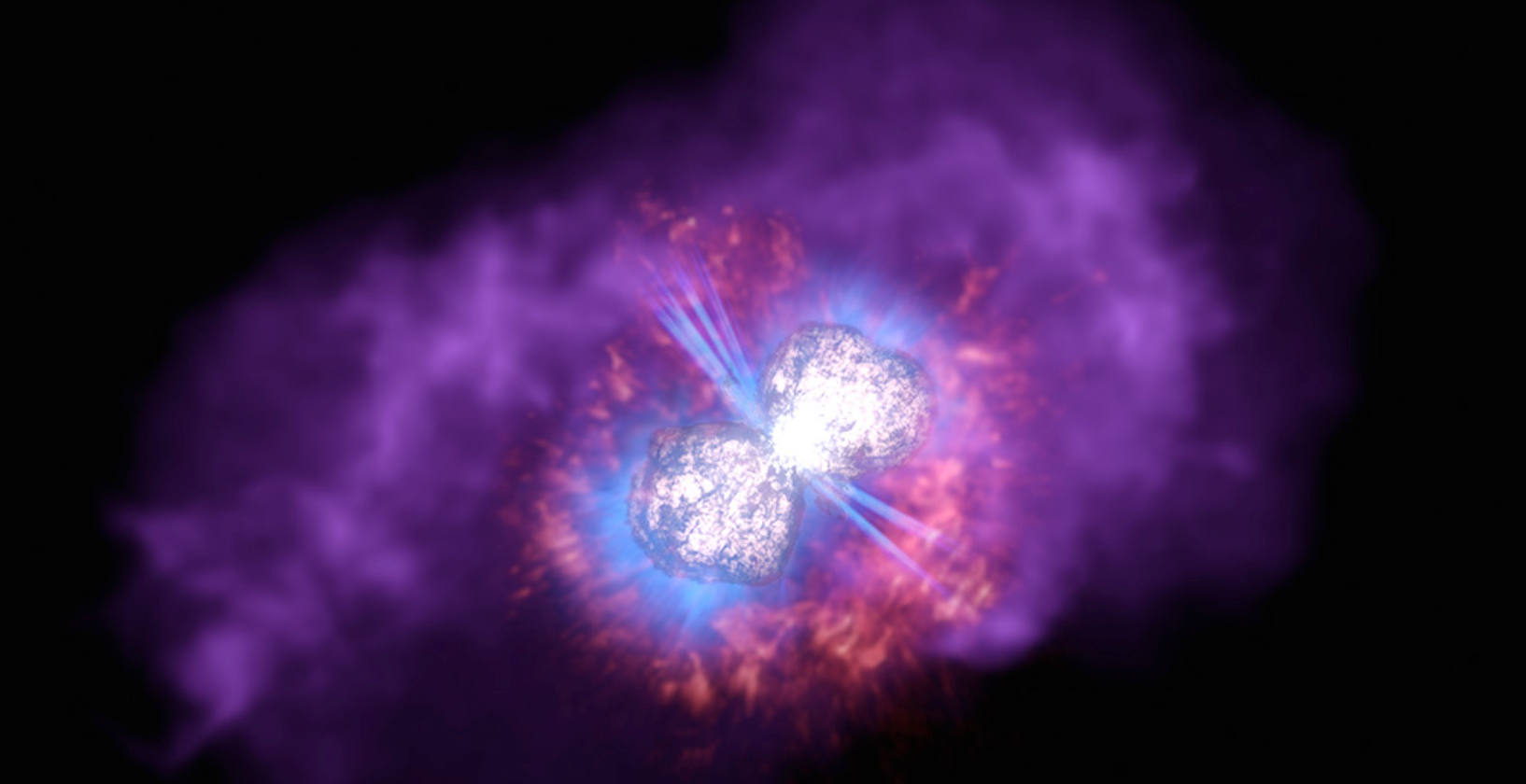 Ray Villard, Space Telescope Science Institute, Baltimore, Maryland
Ray Villard, Space Telescope Science Institute, Baltimore, Maryland